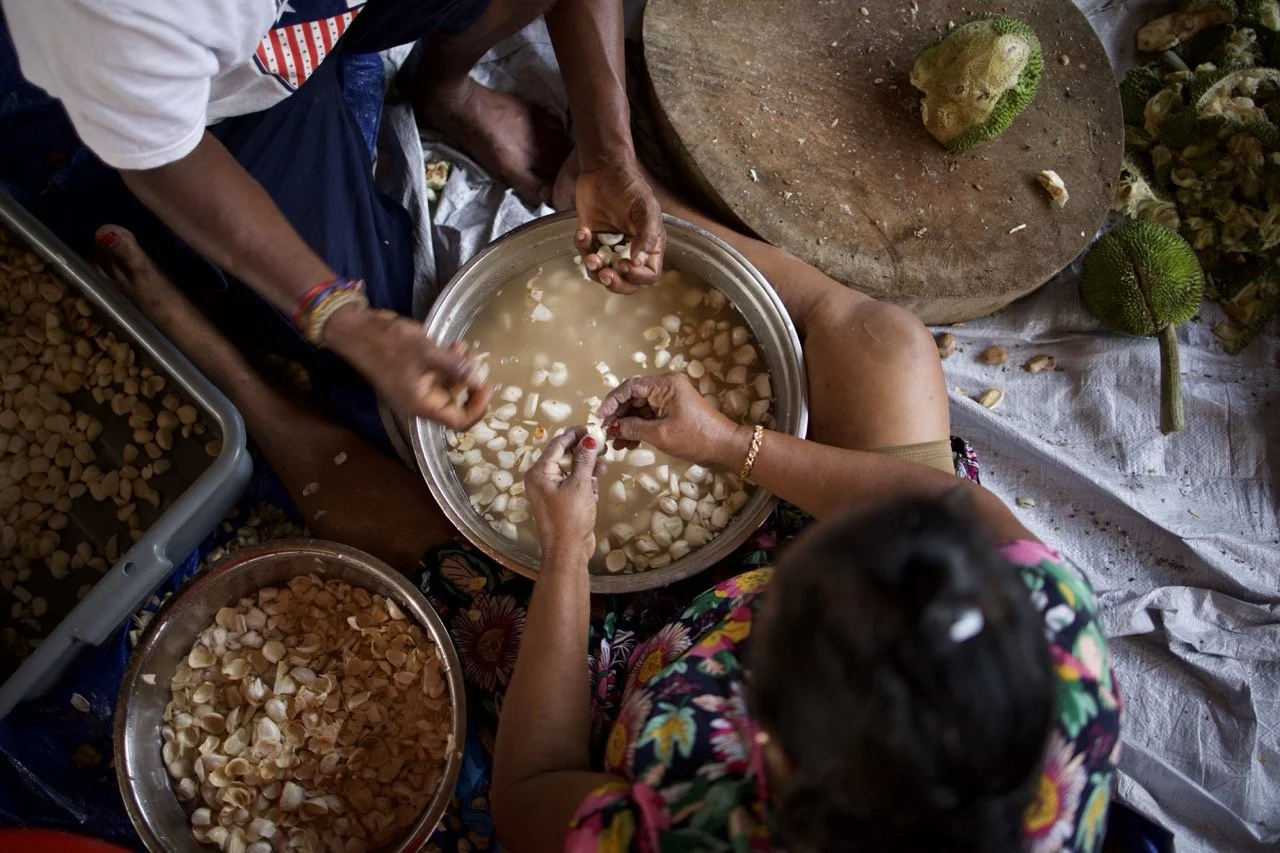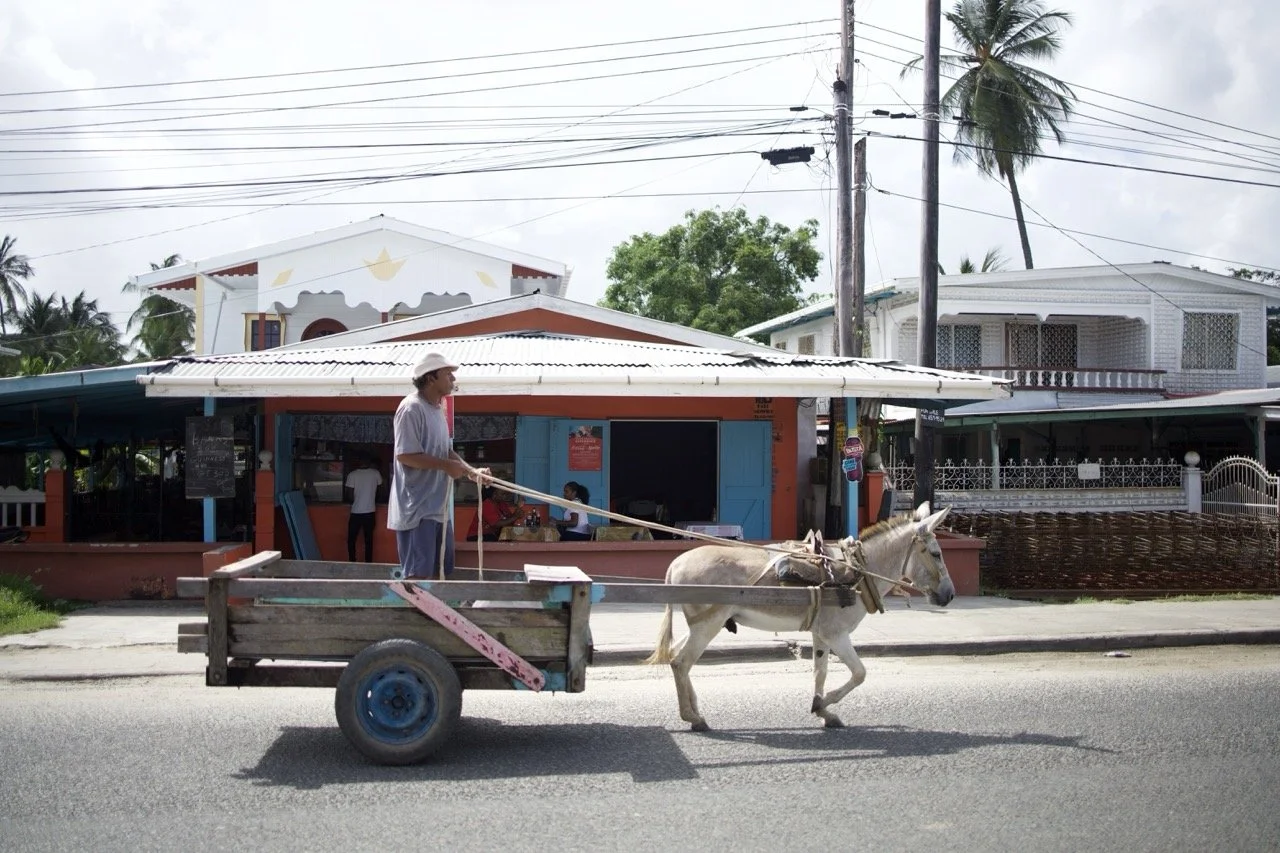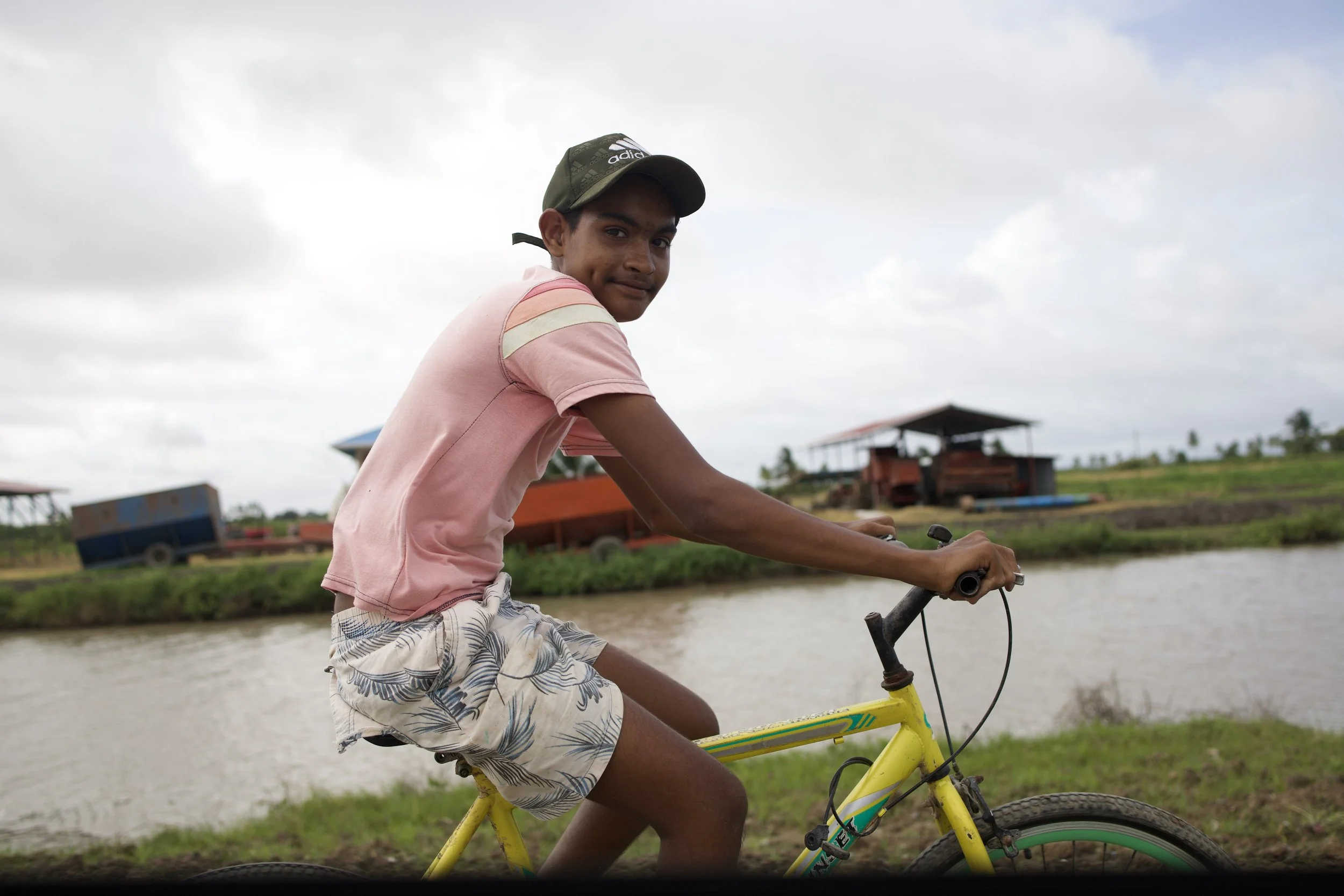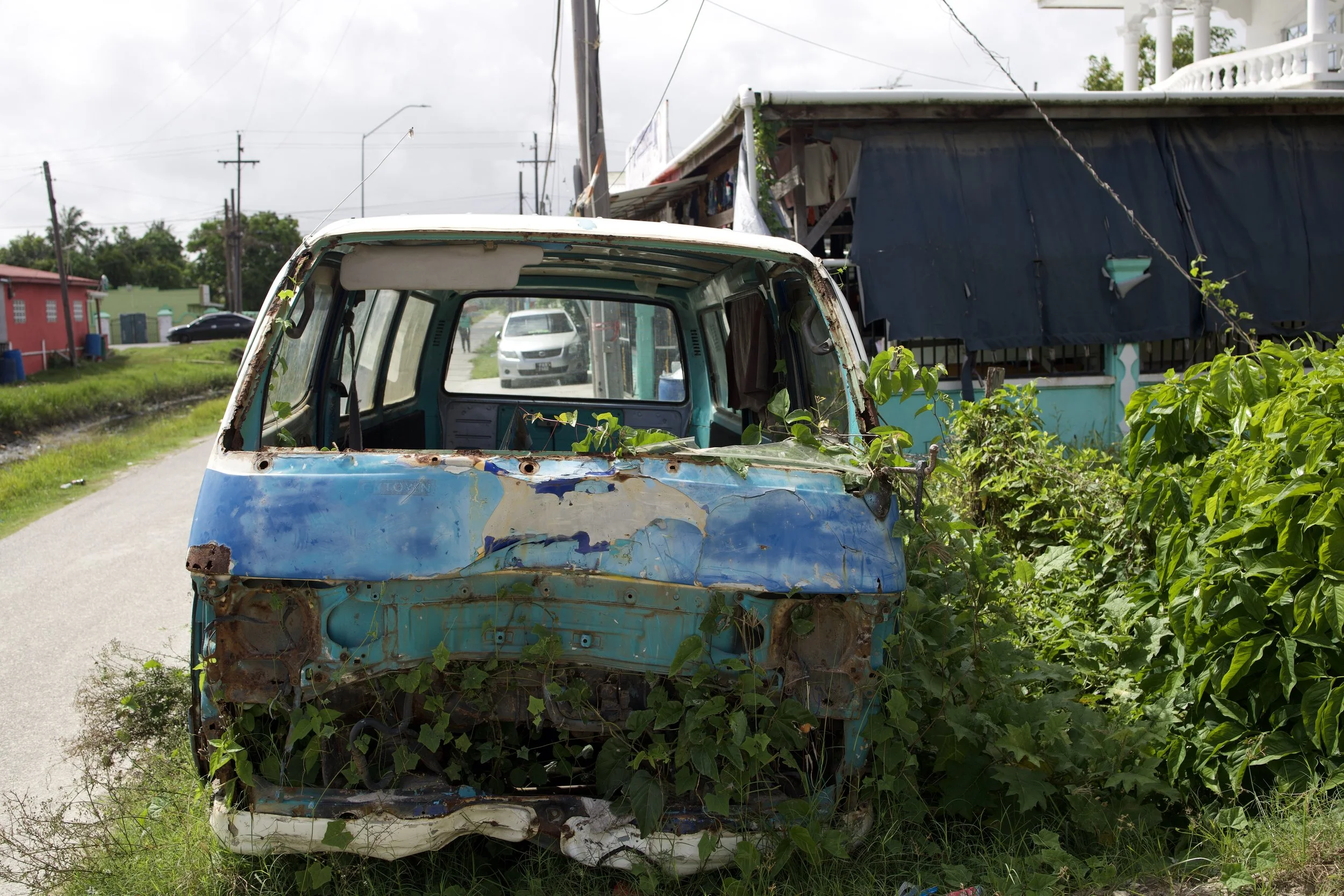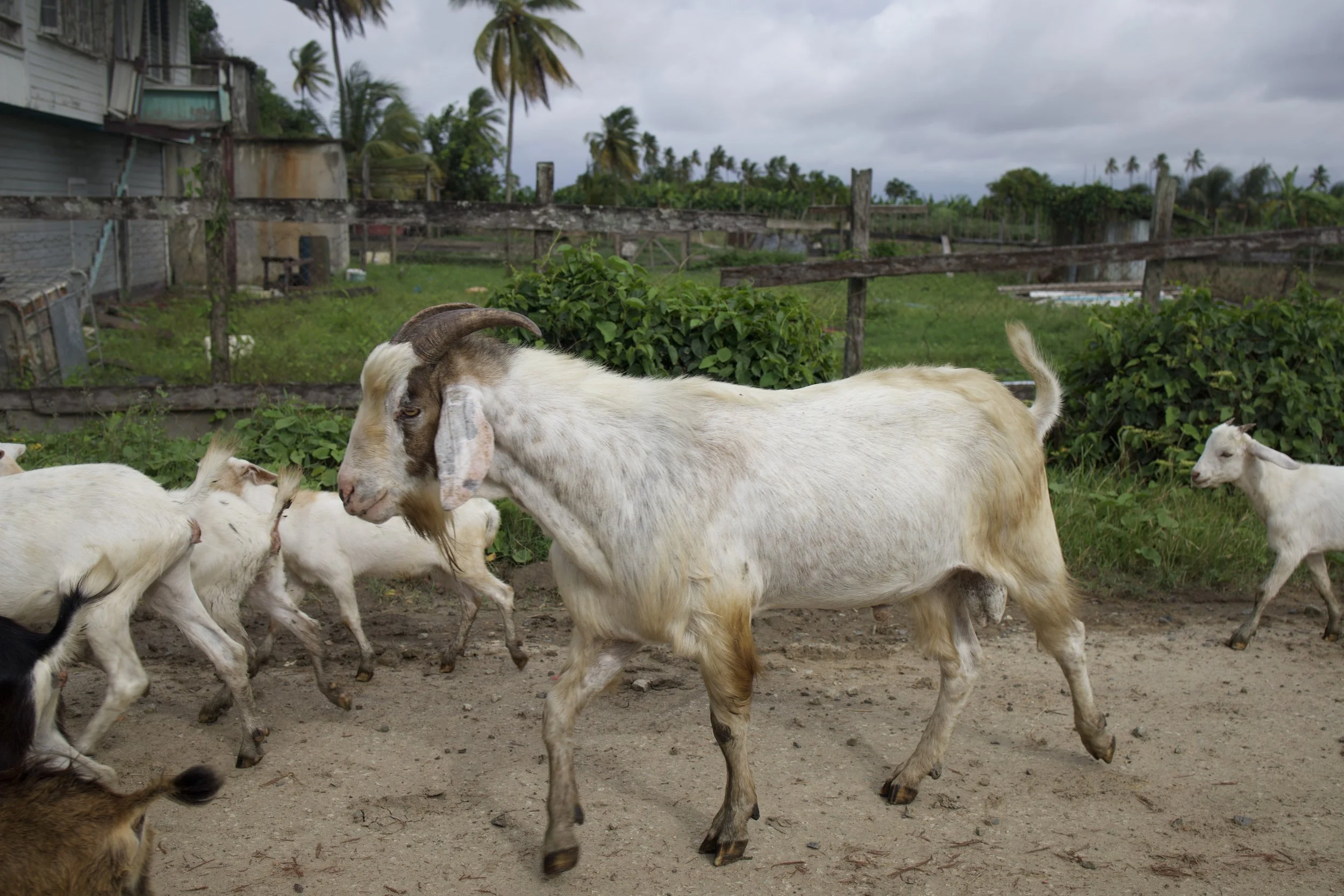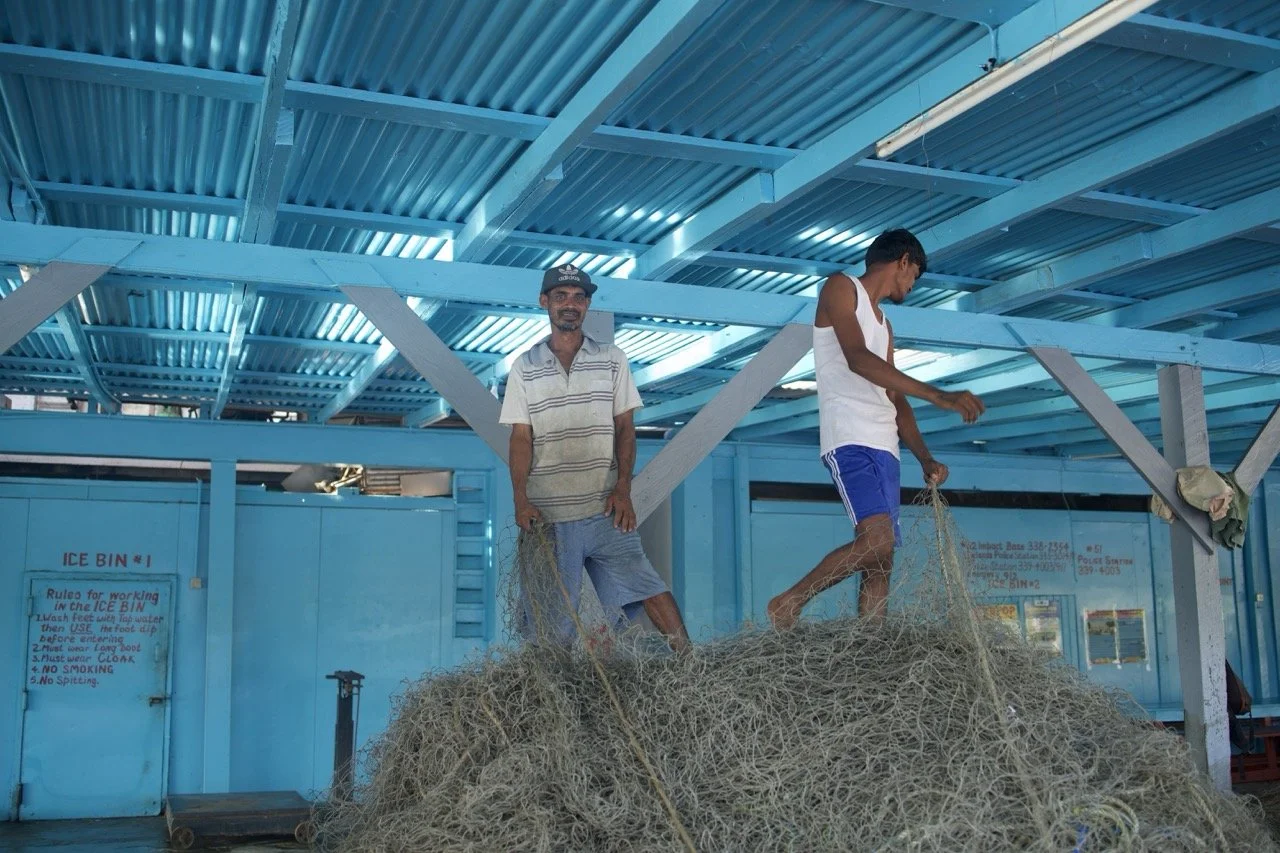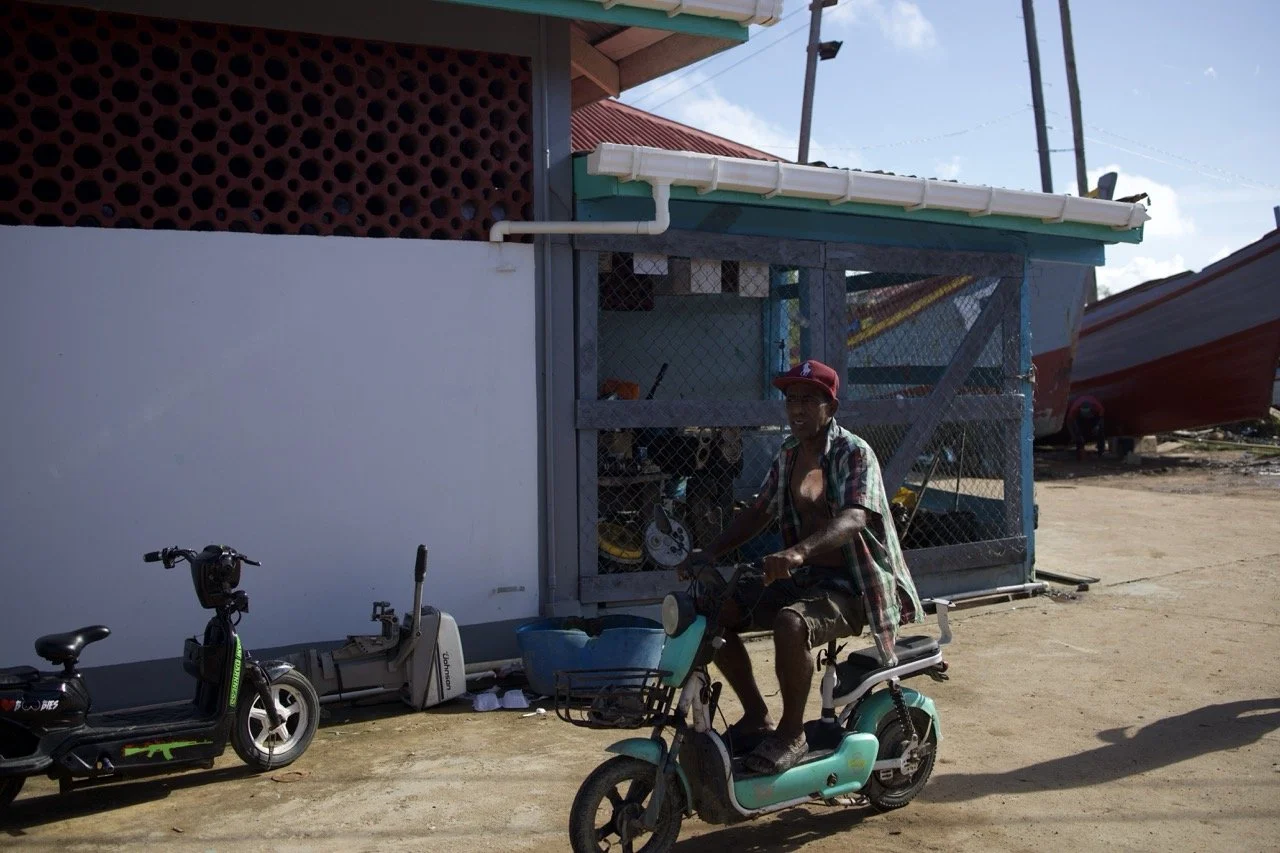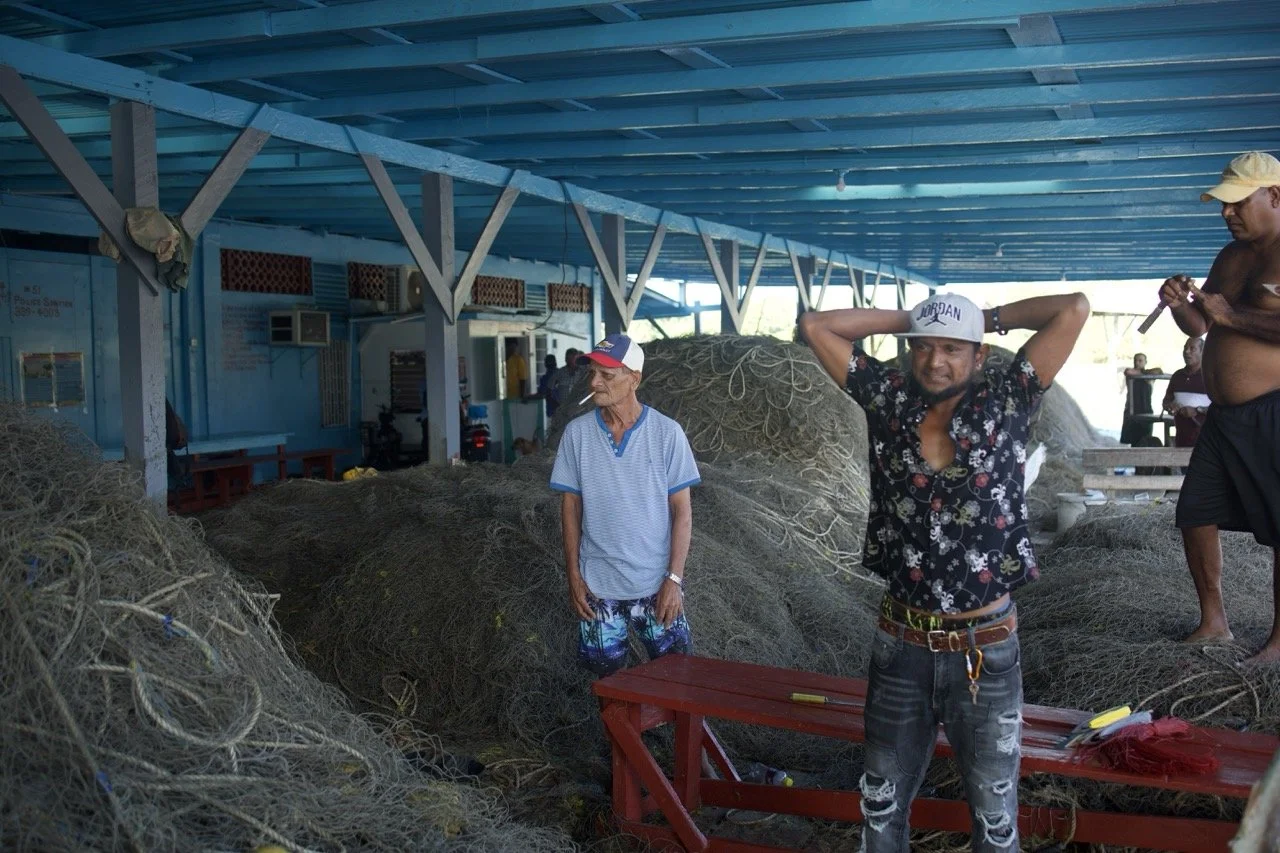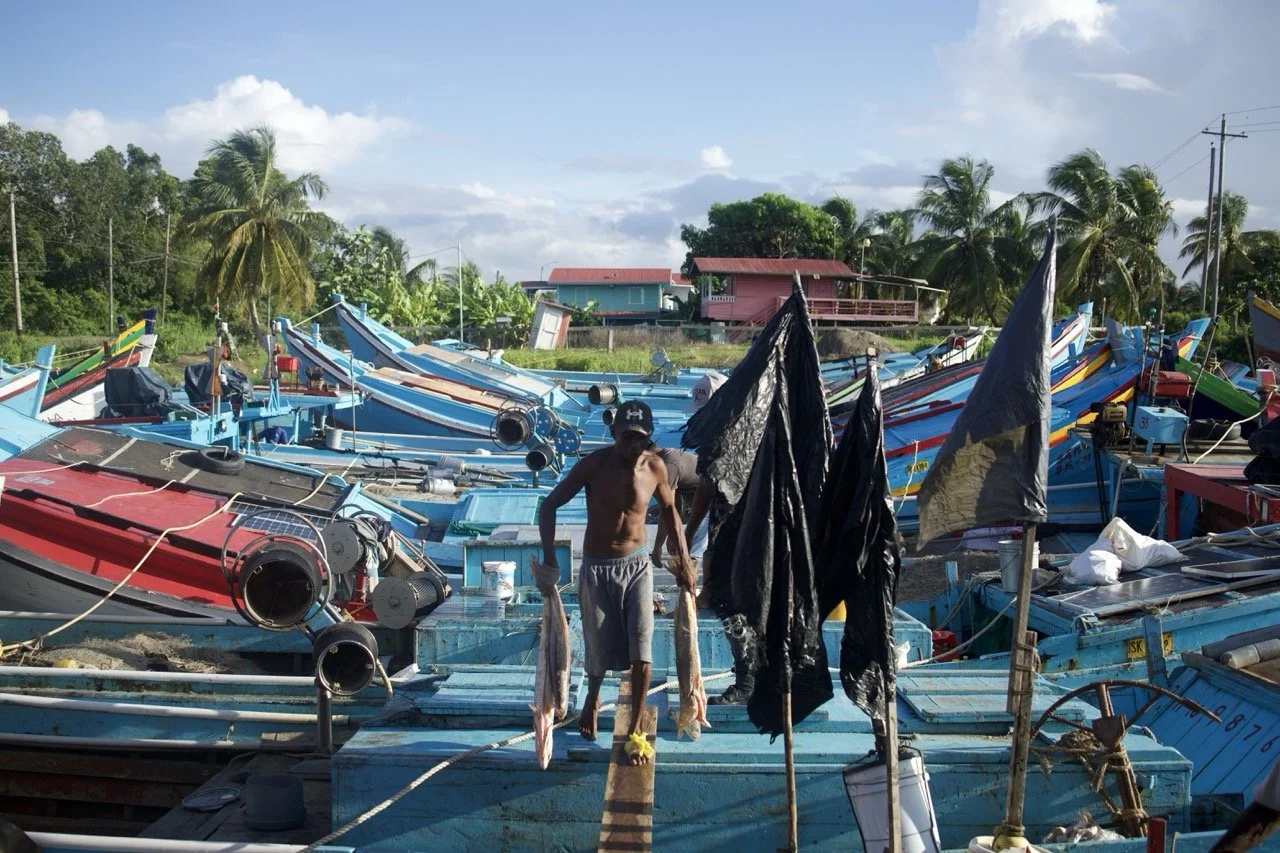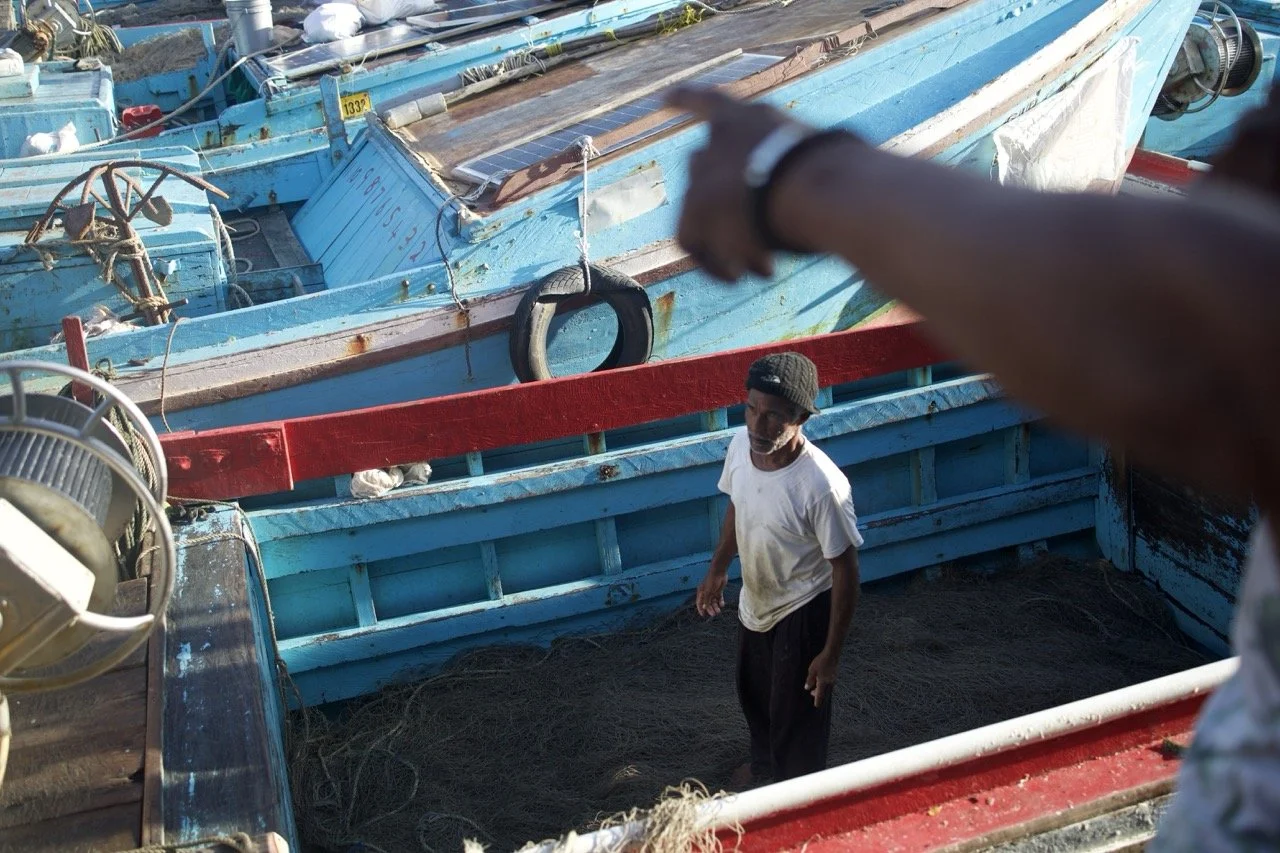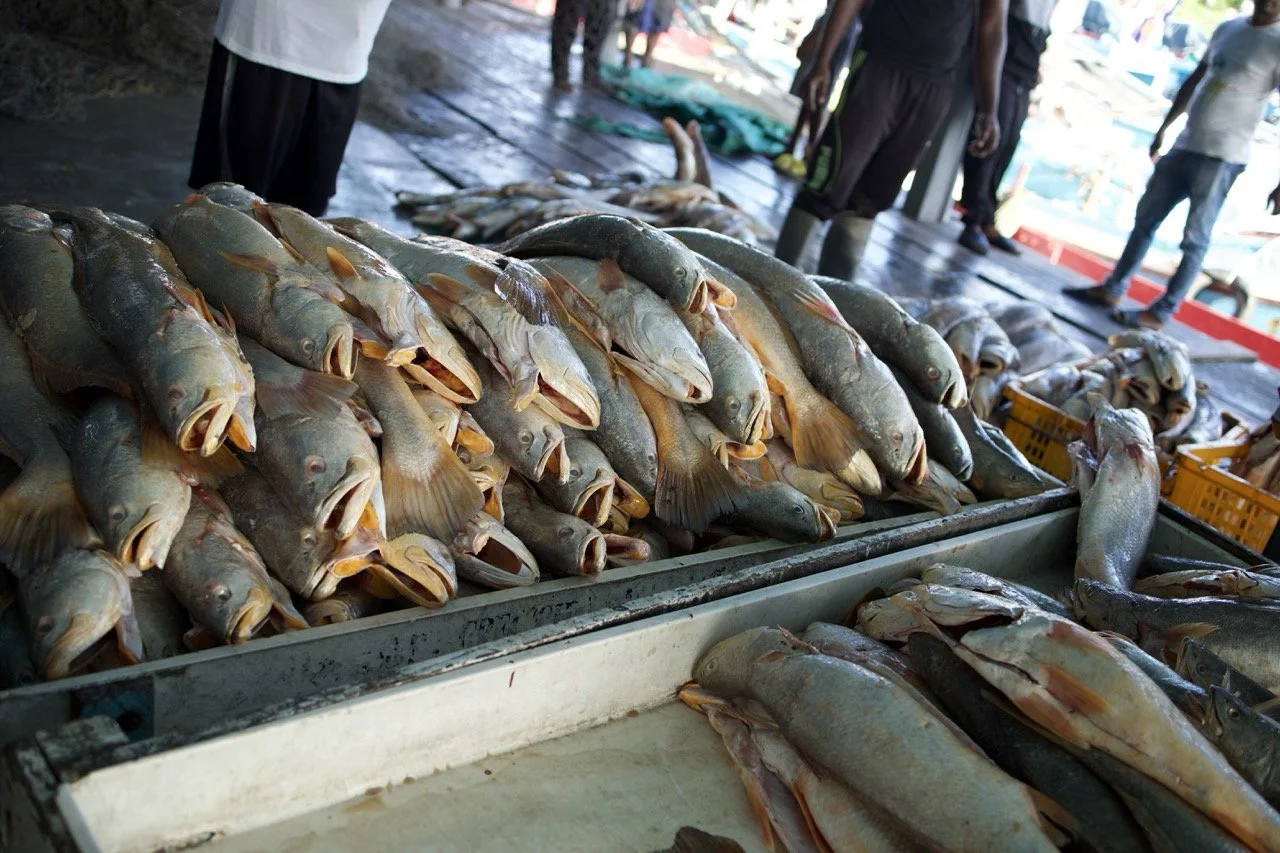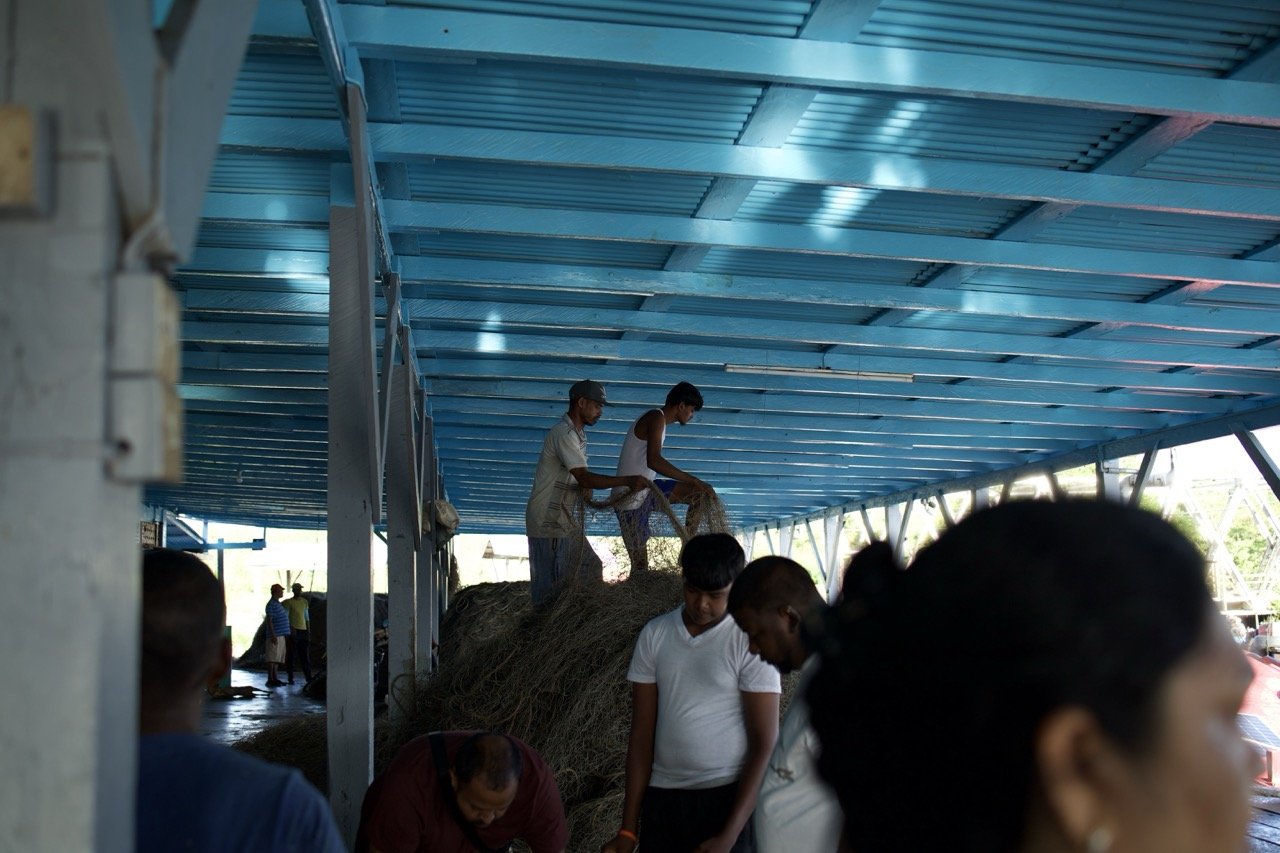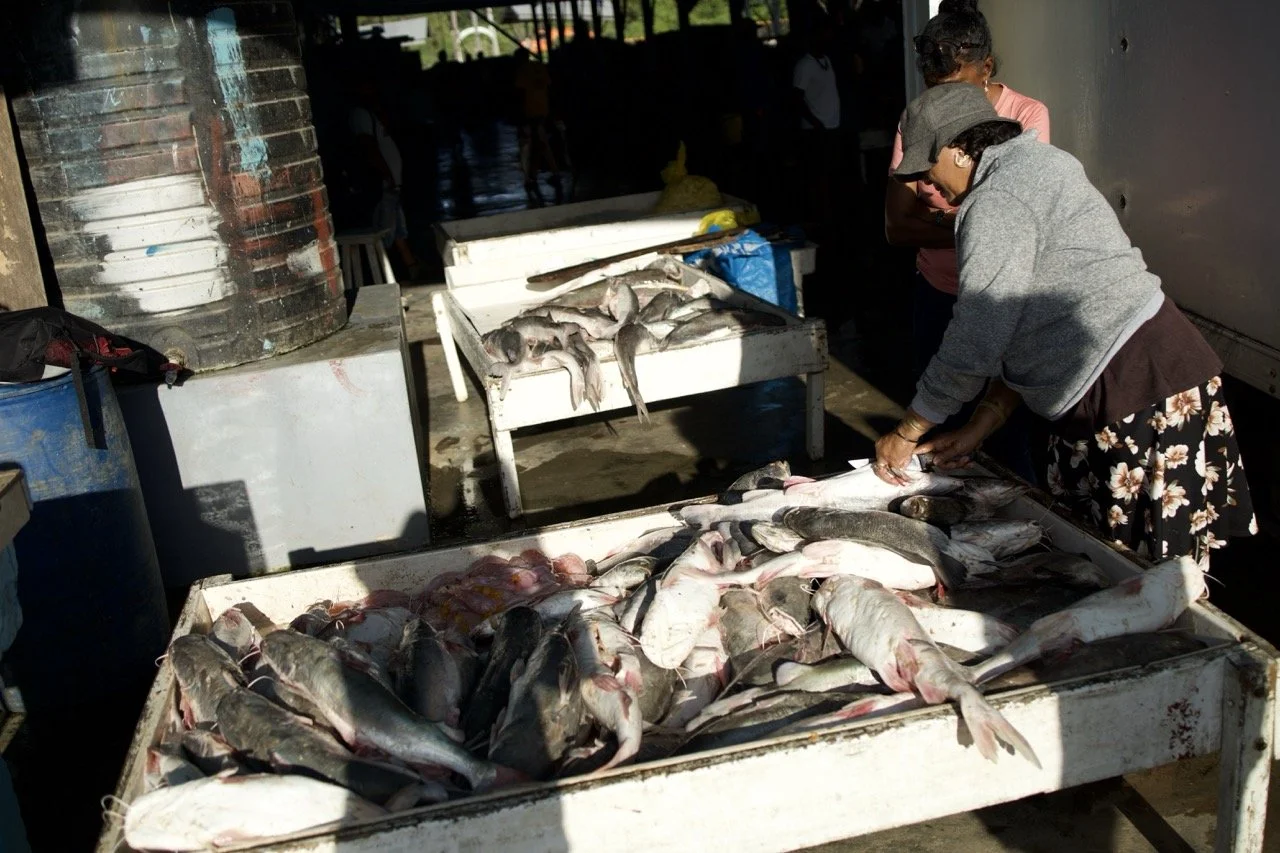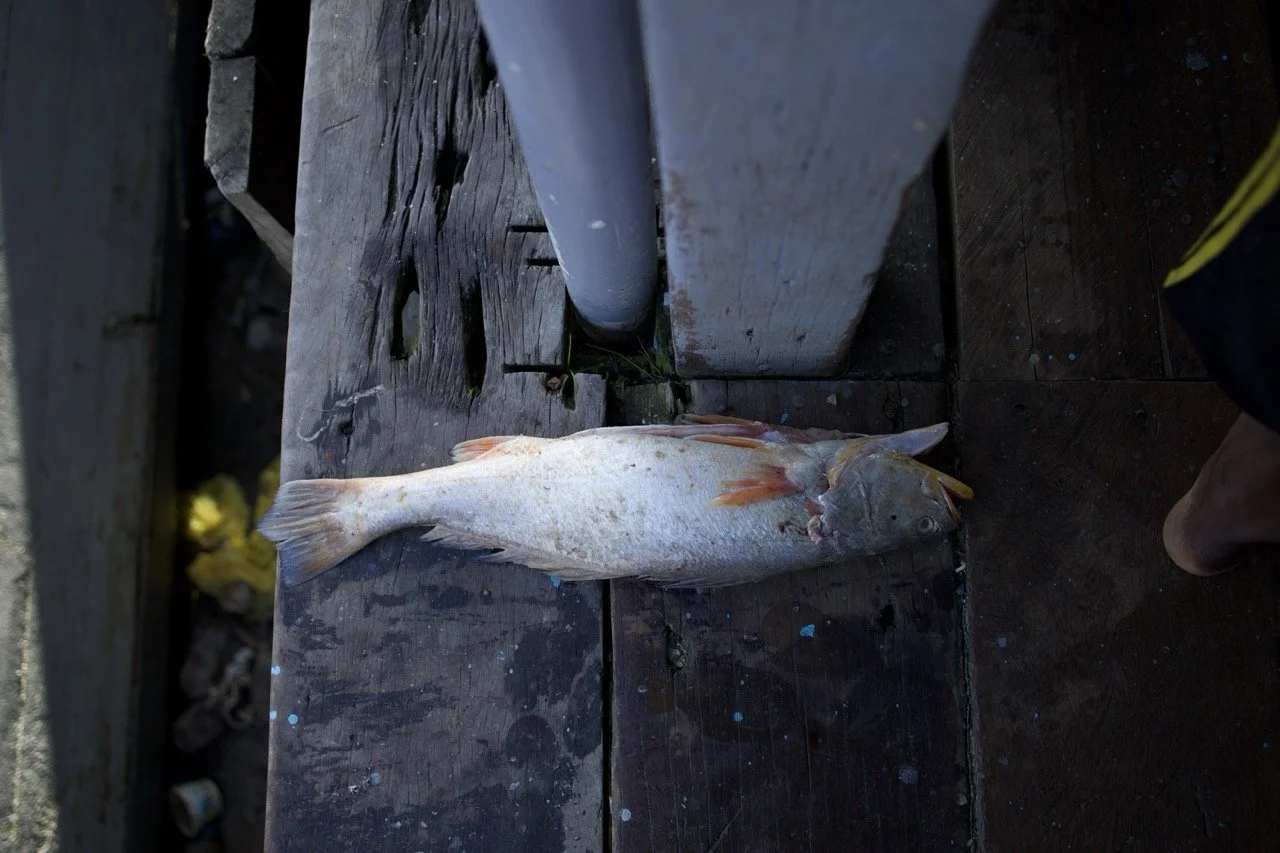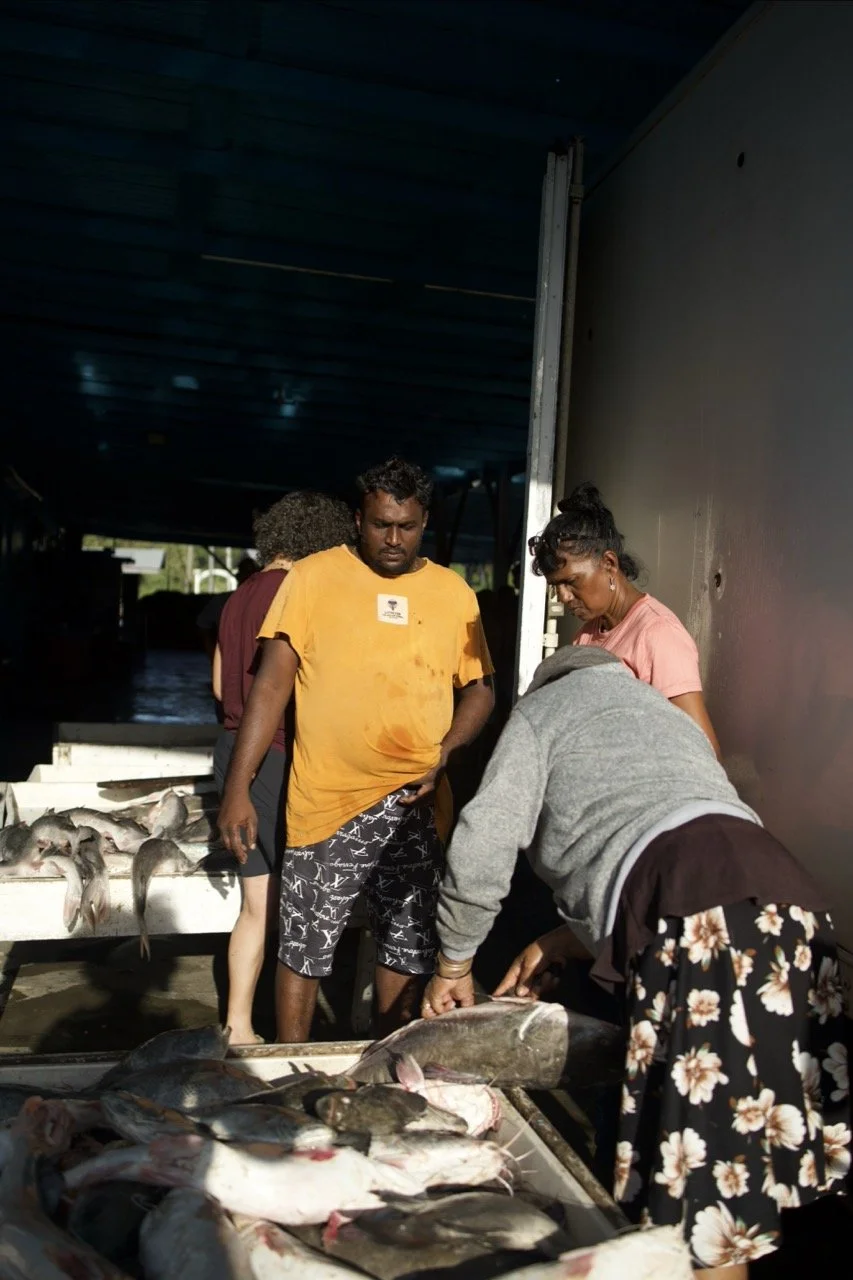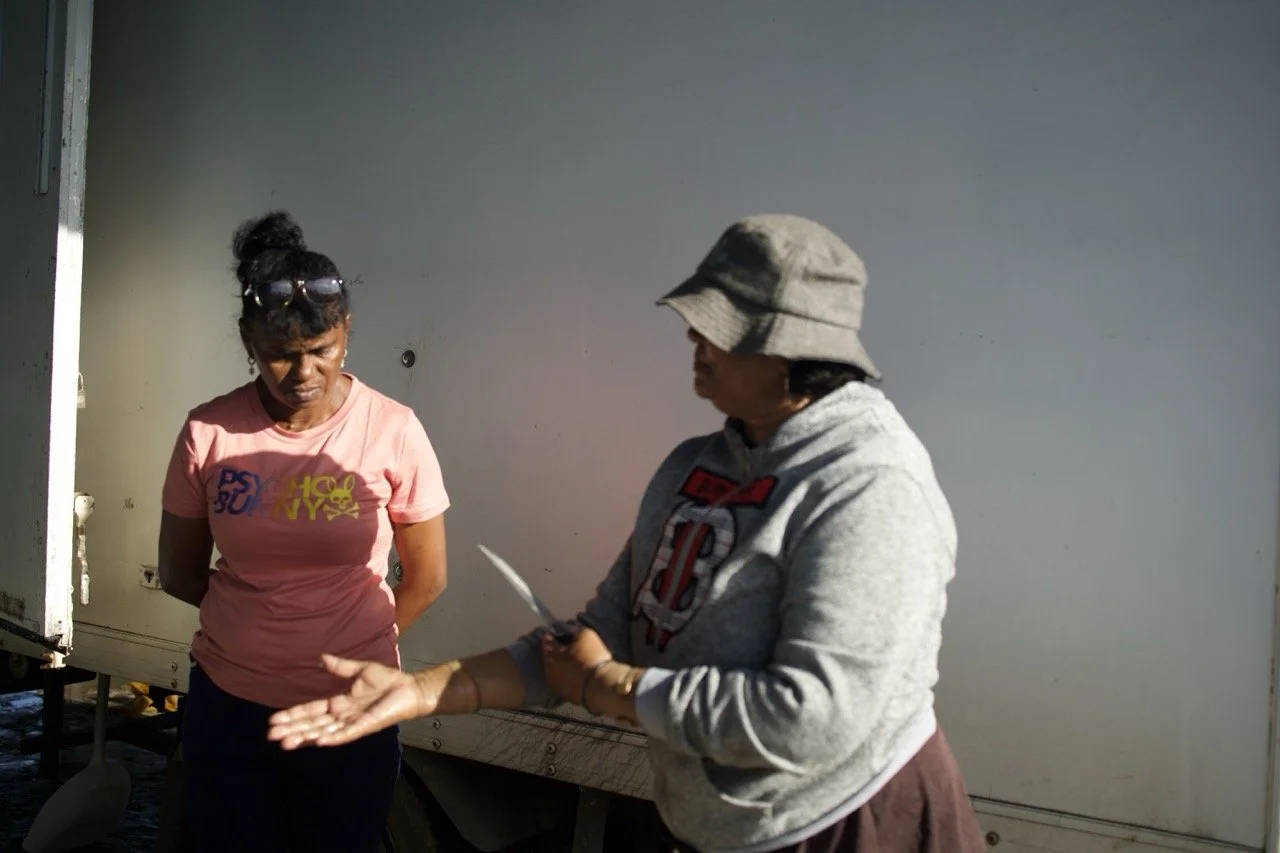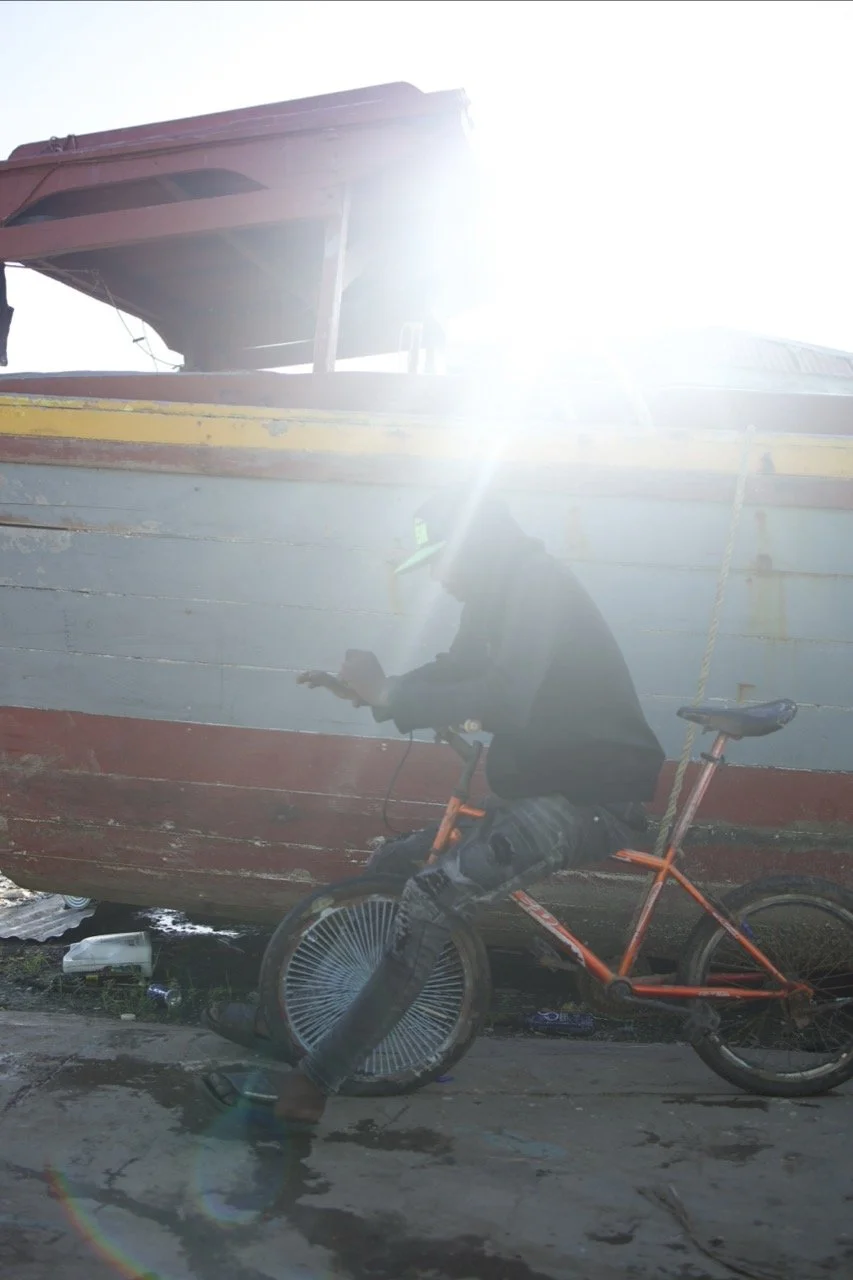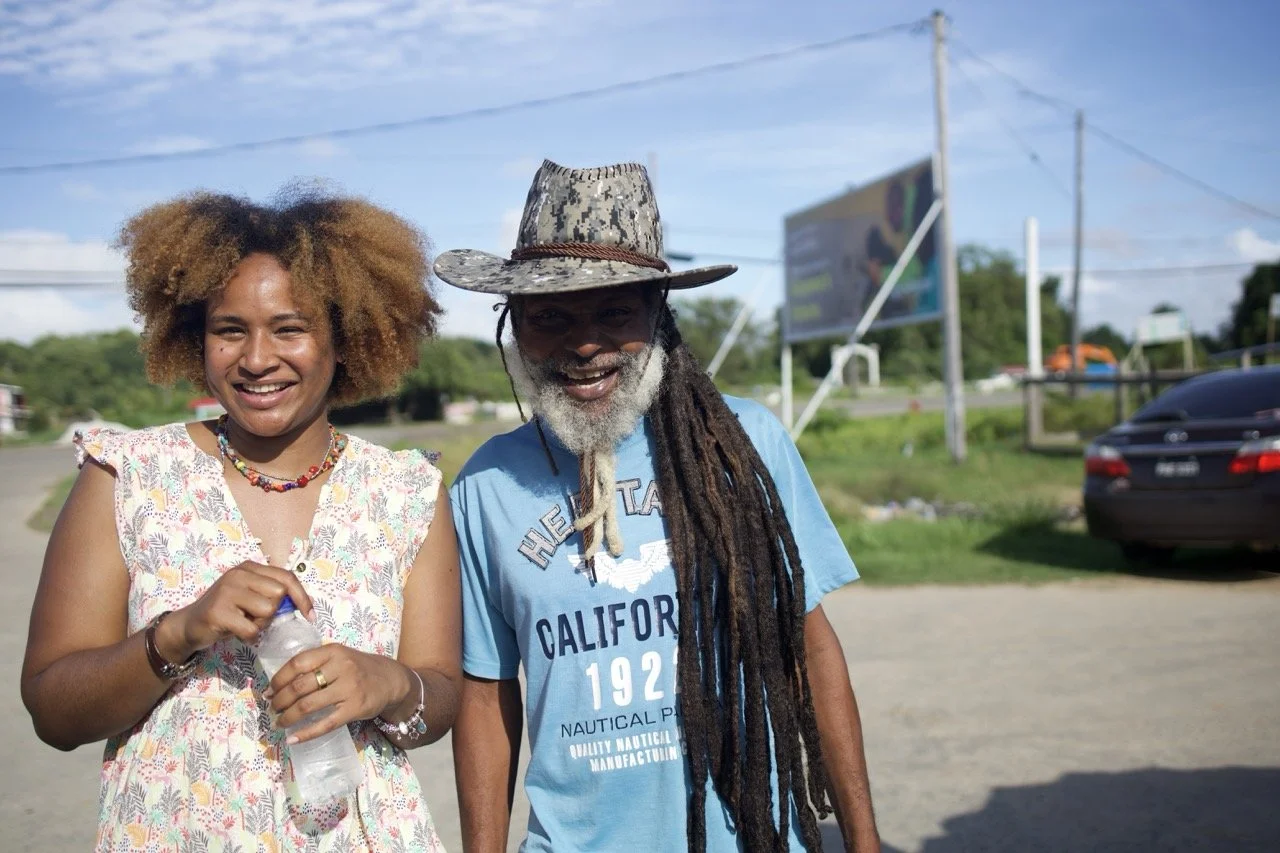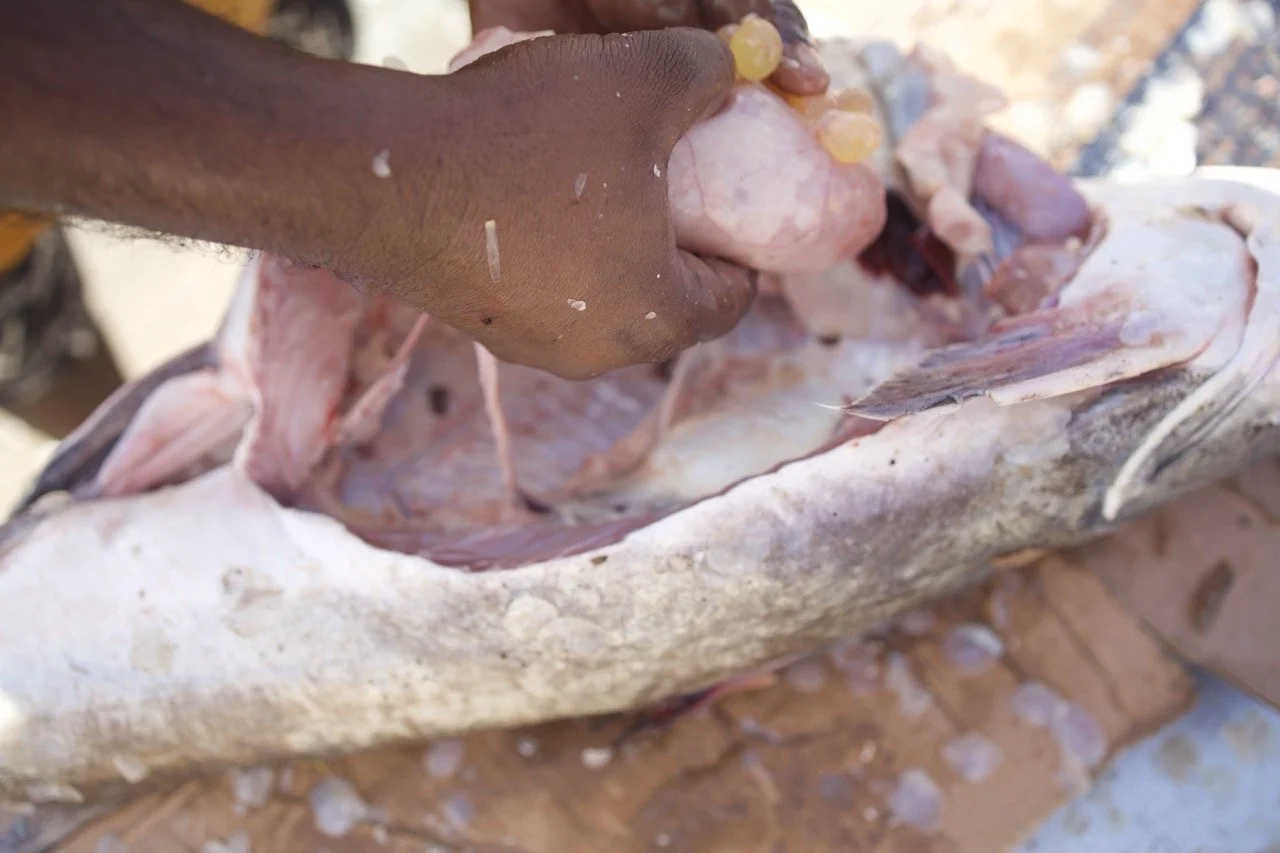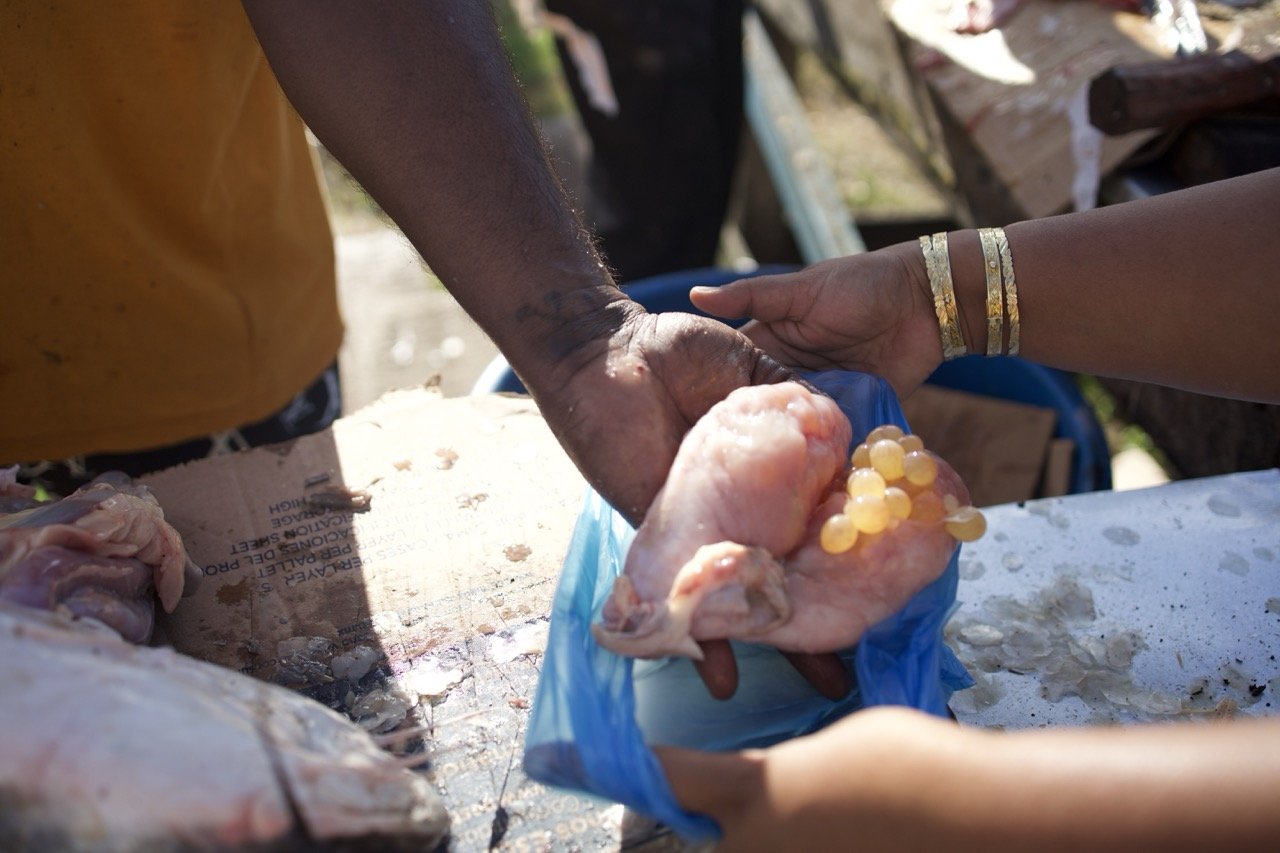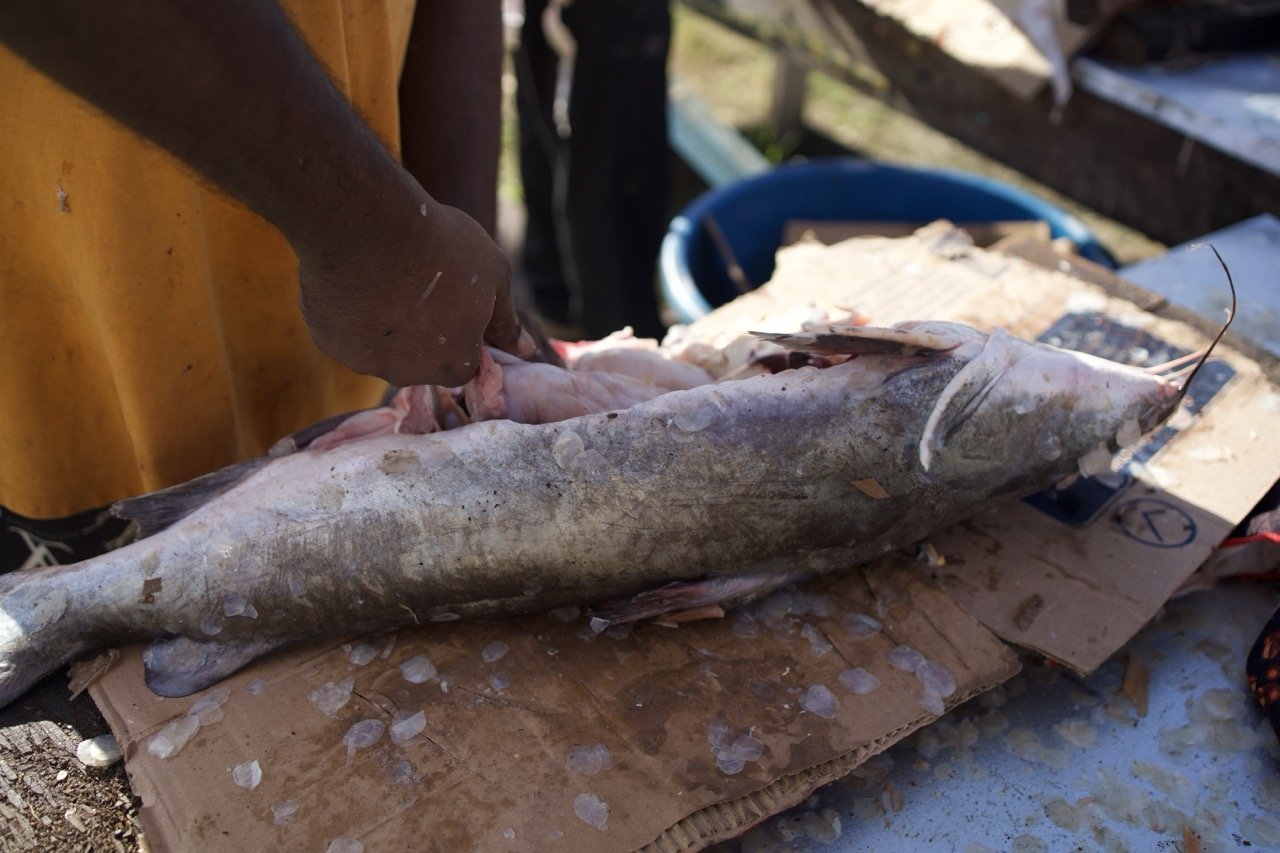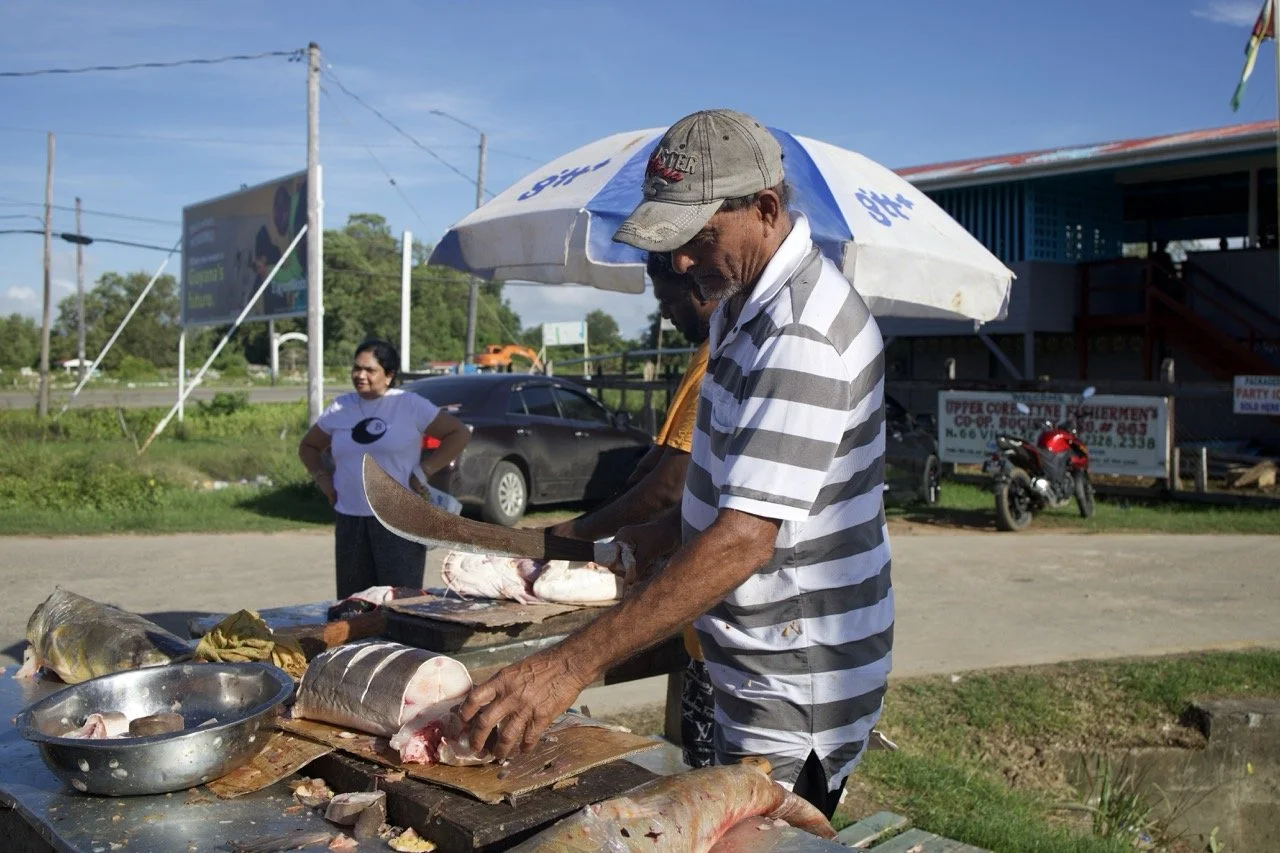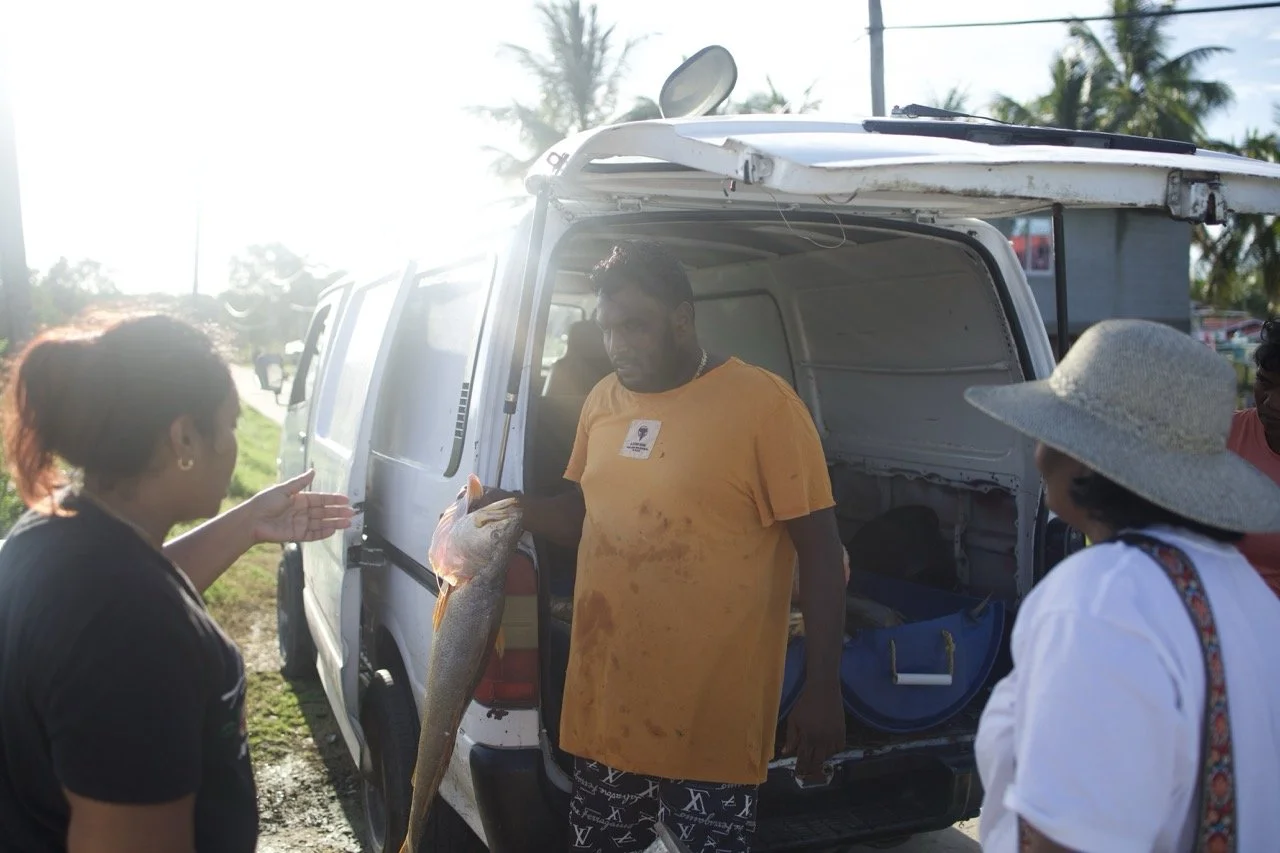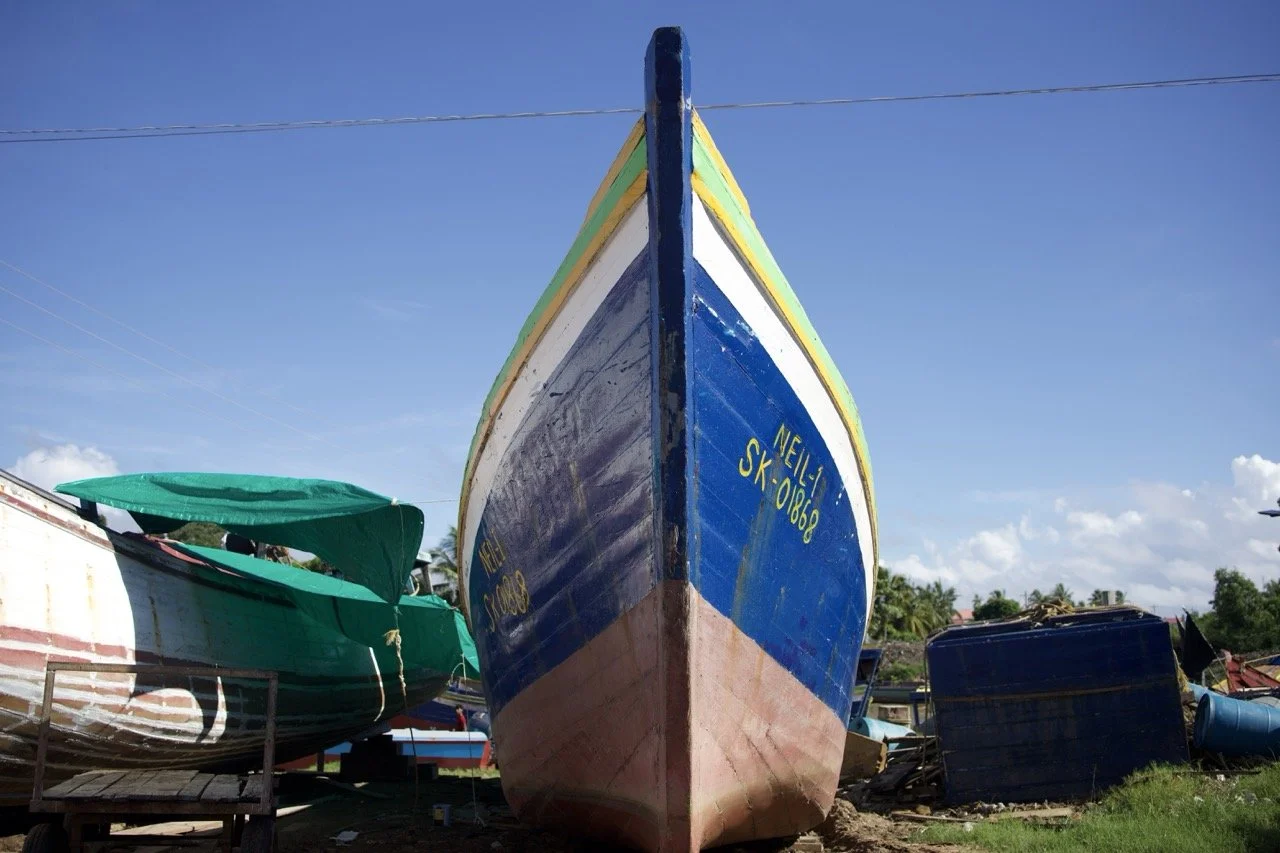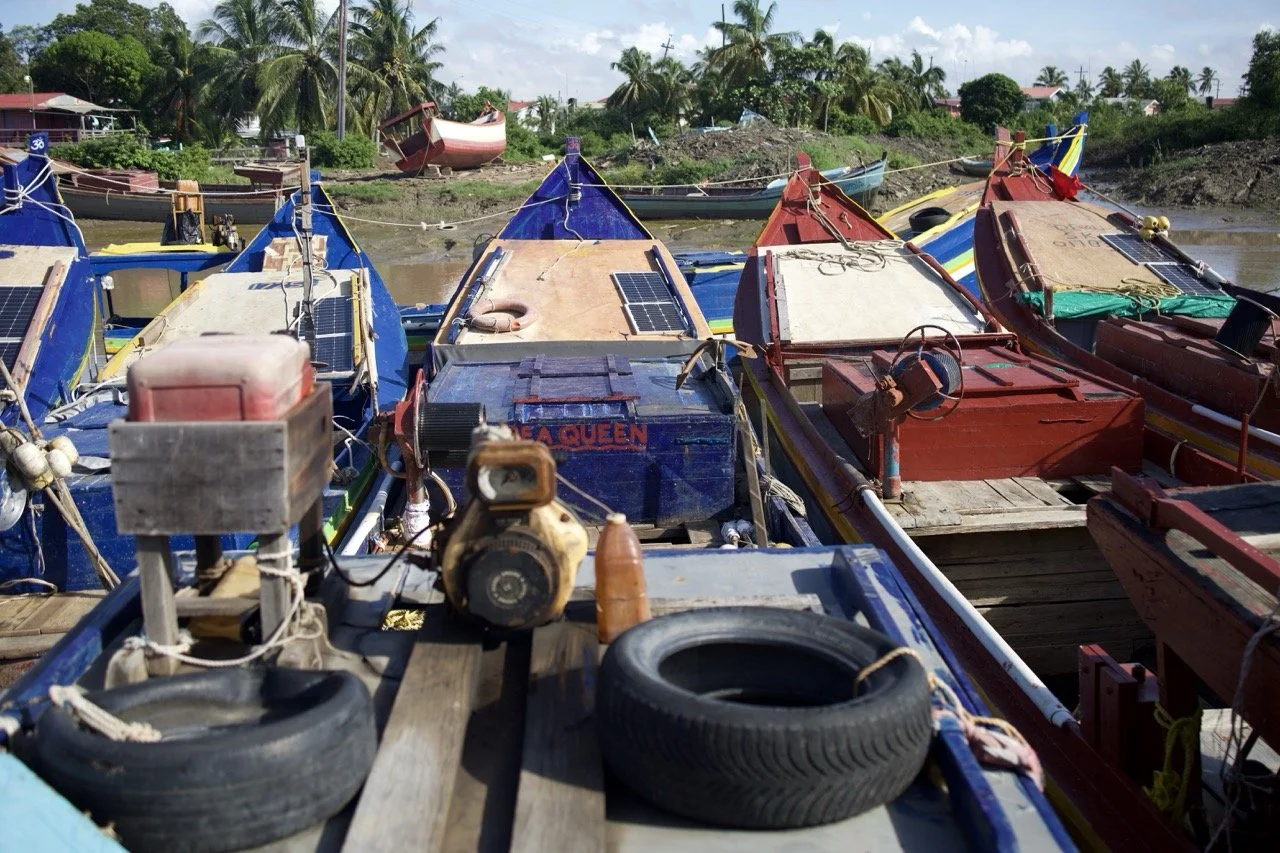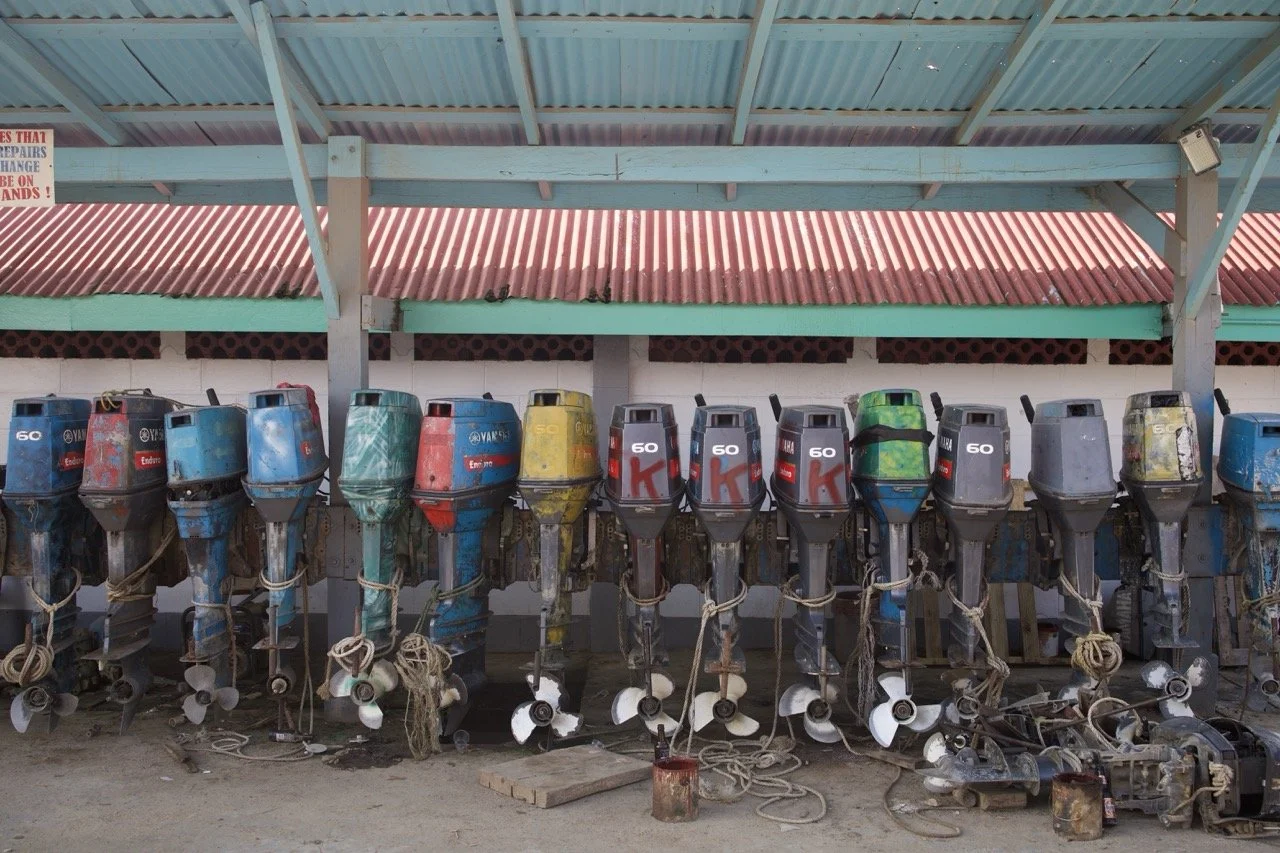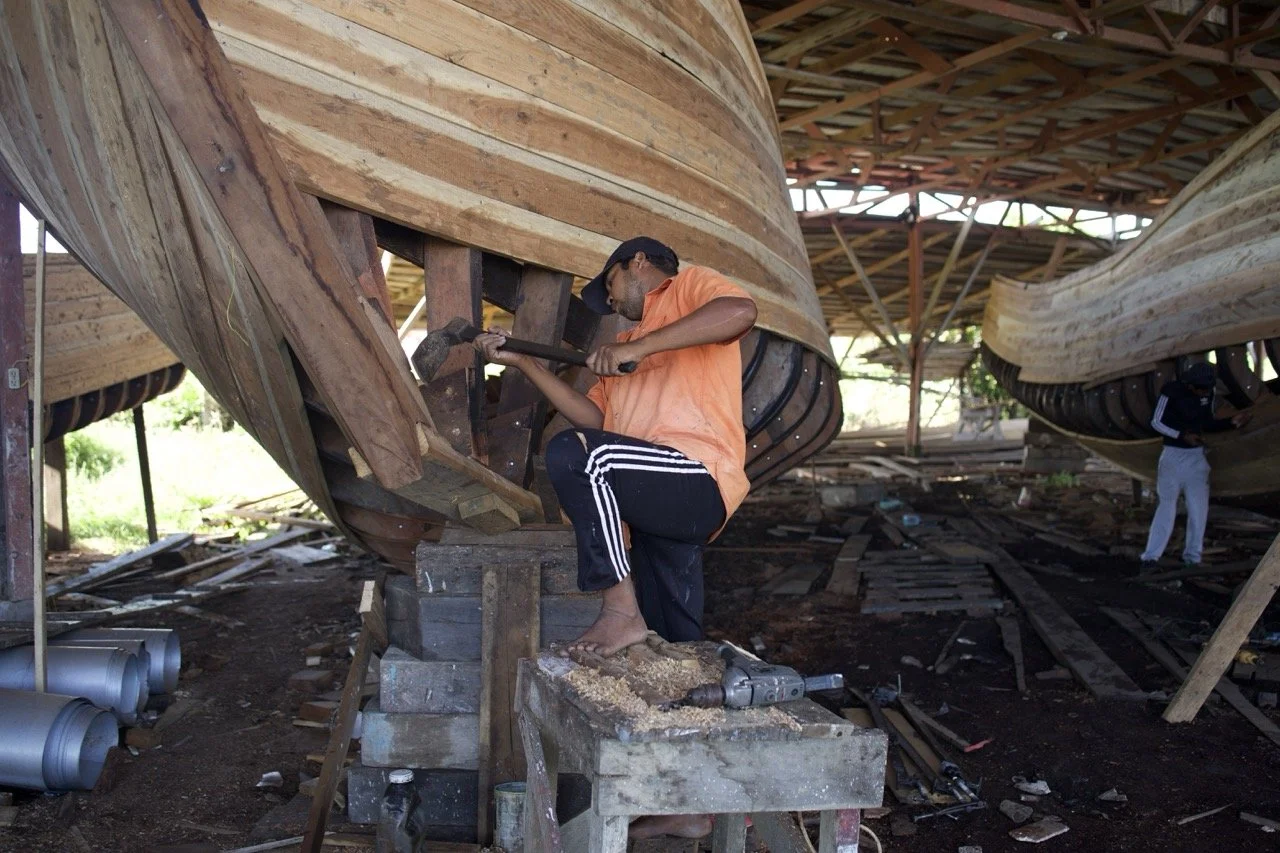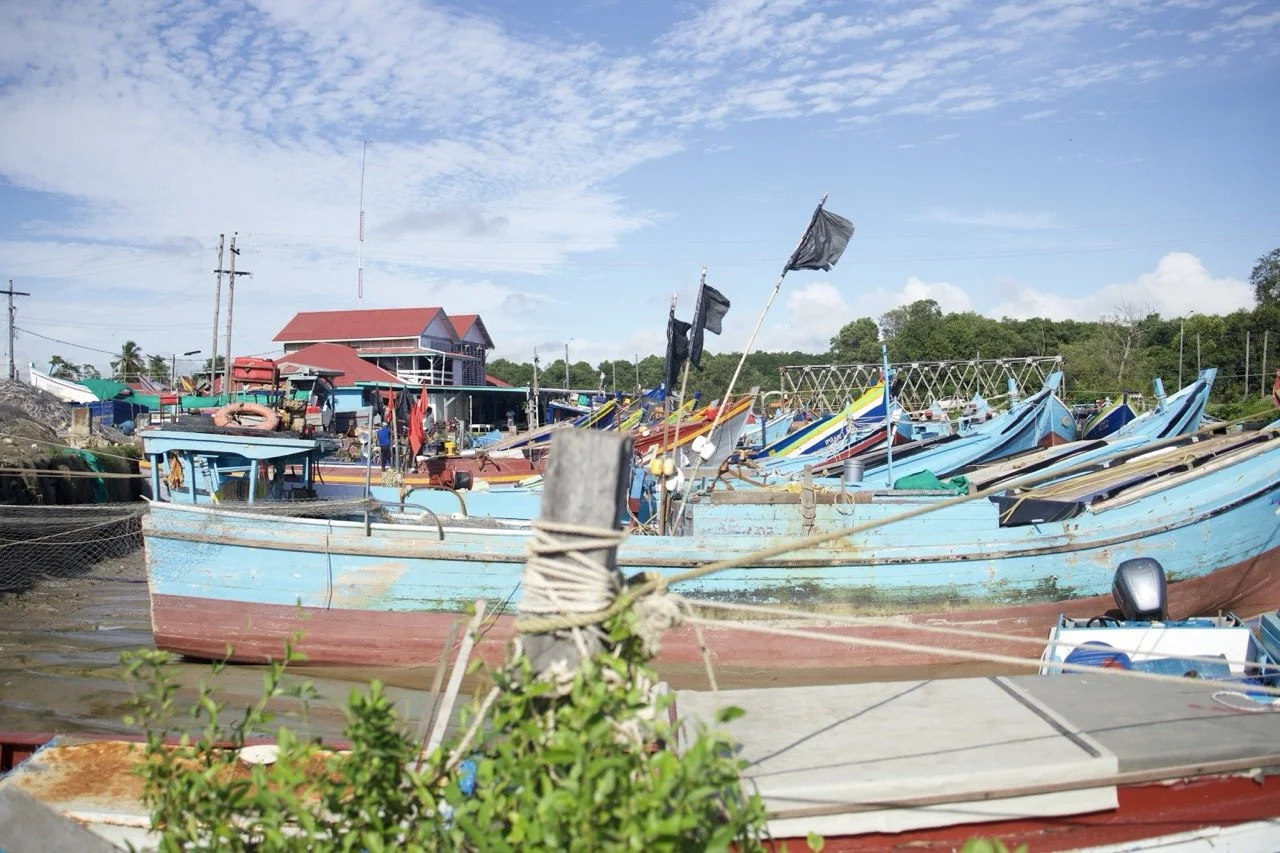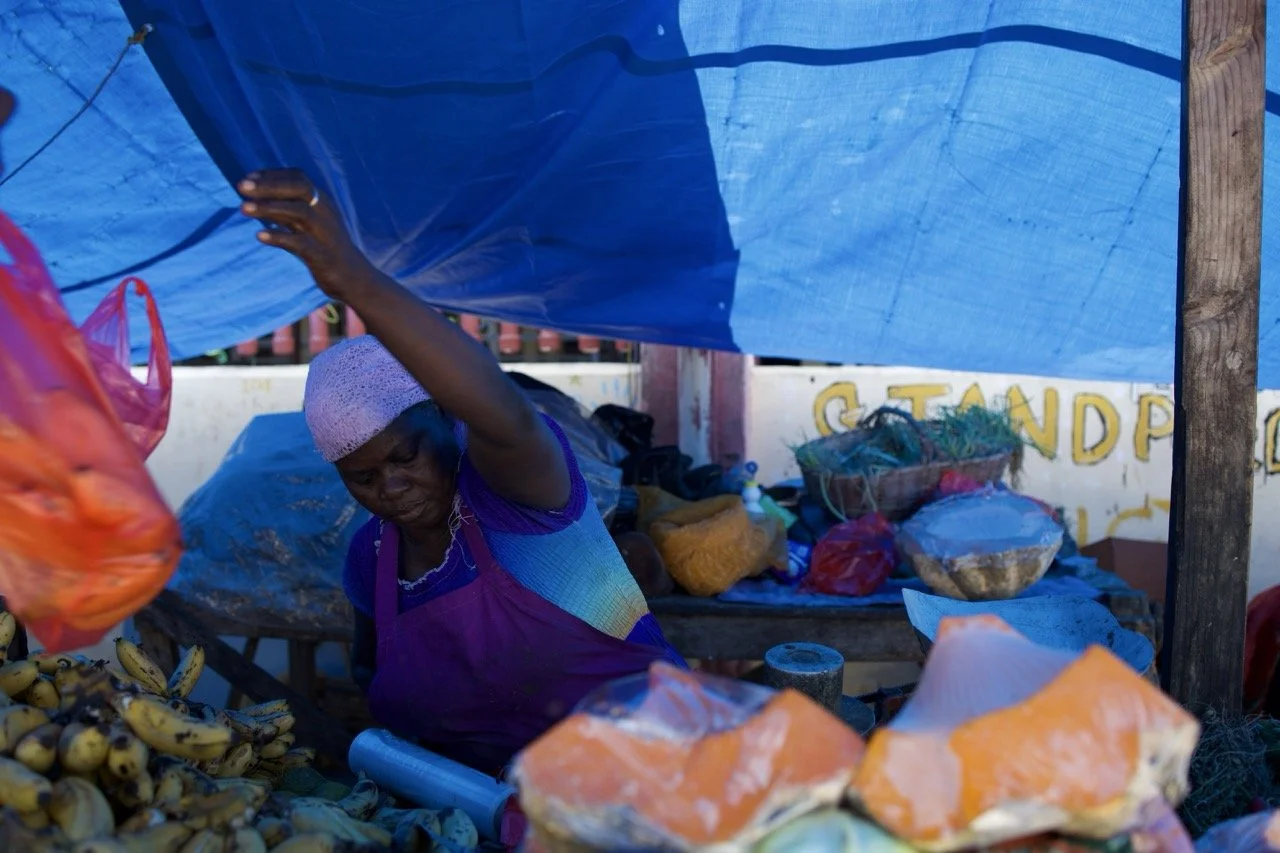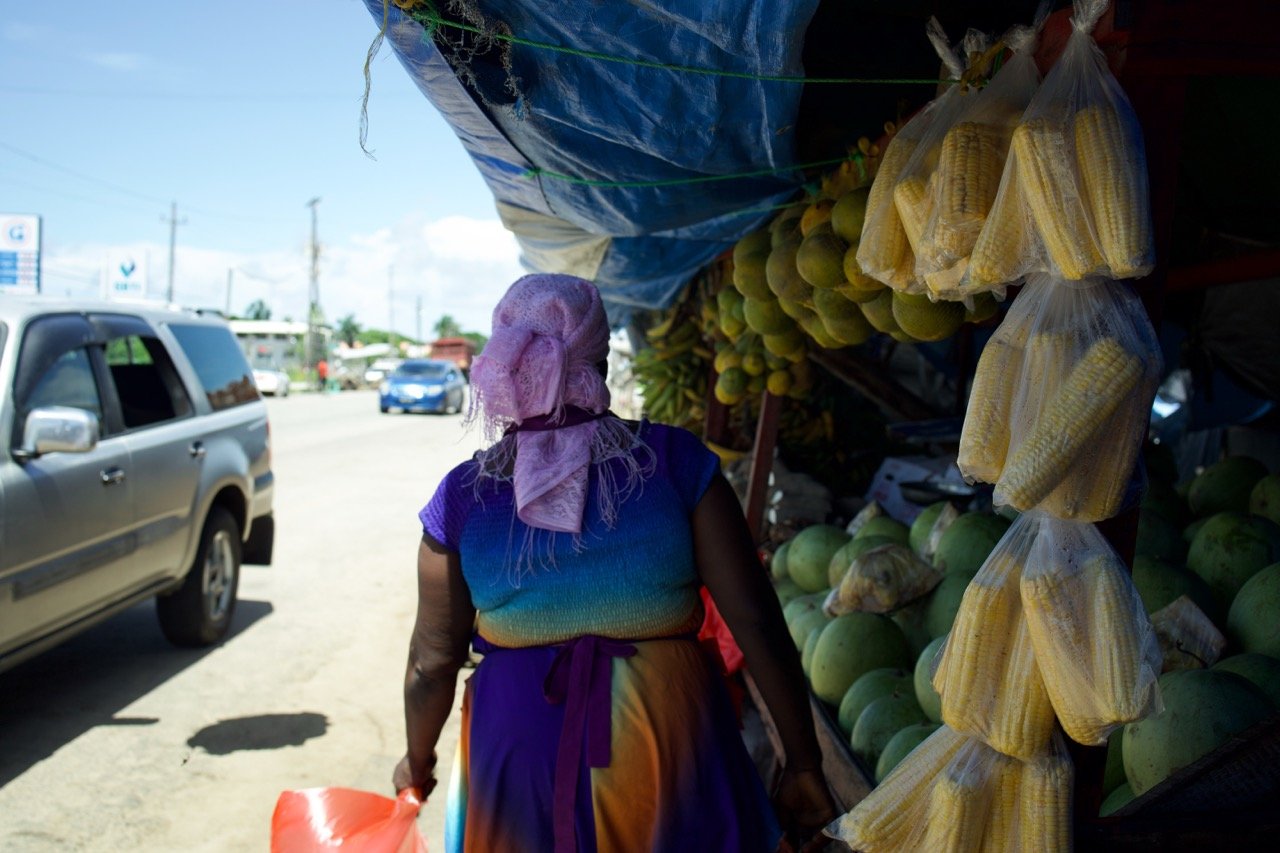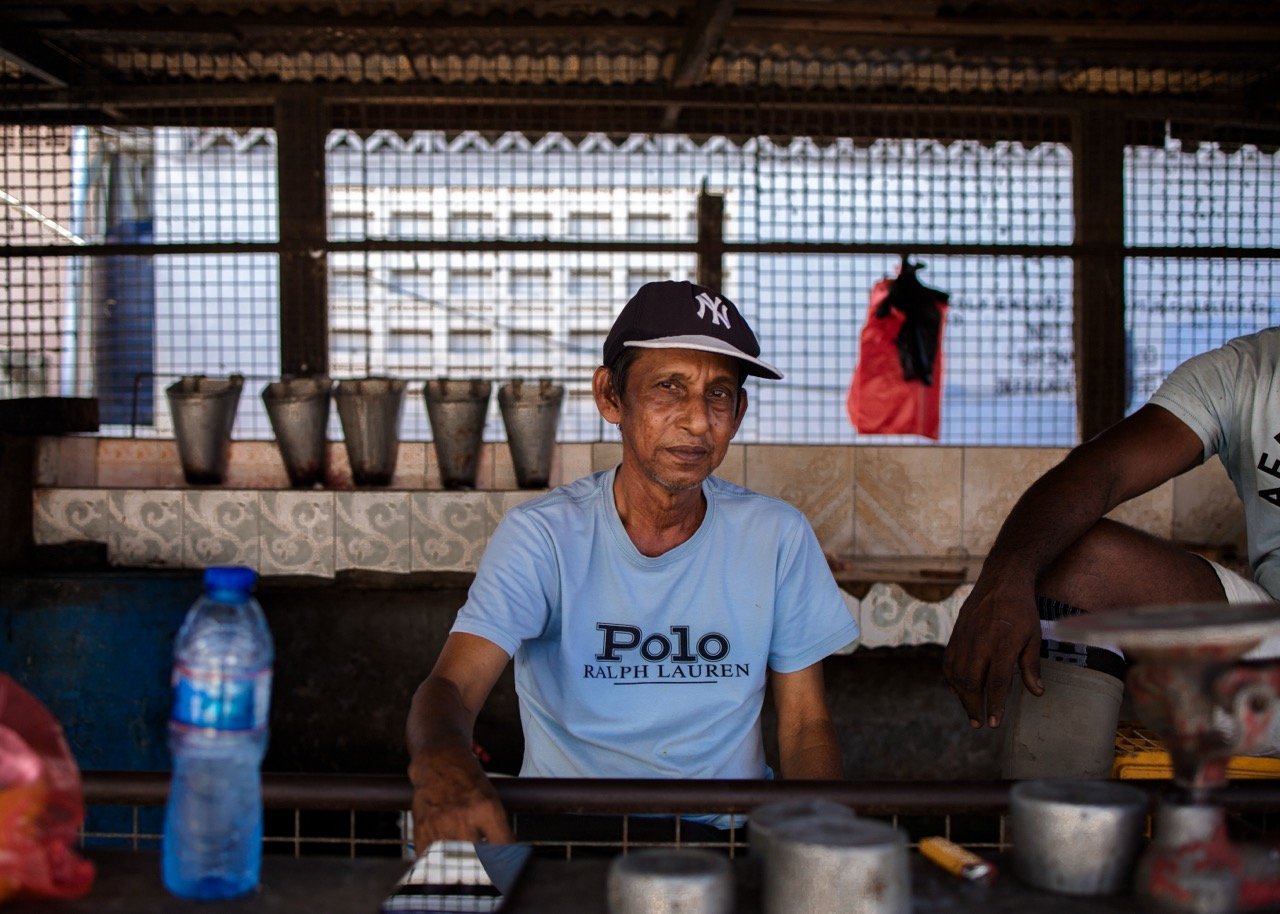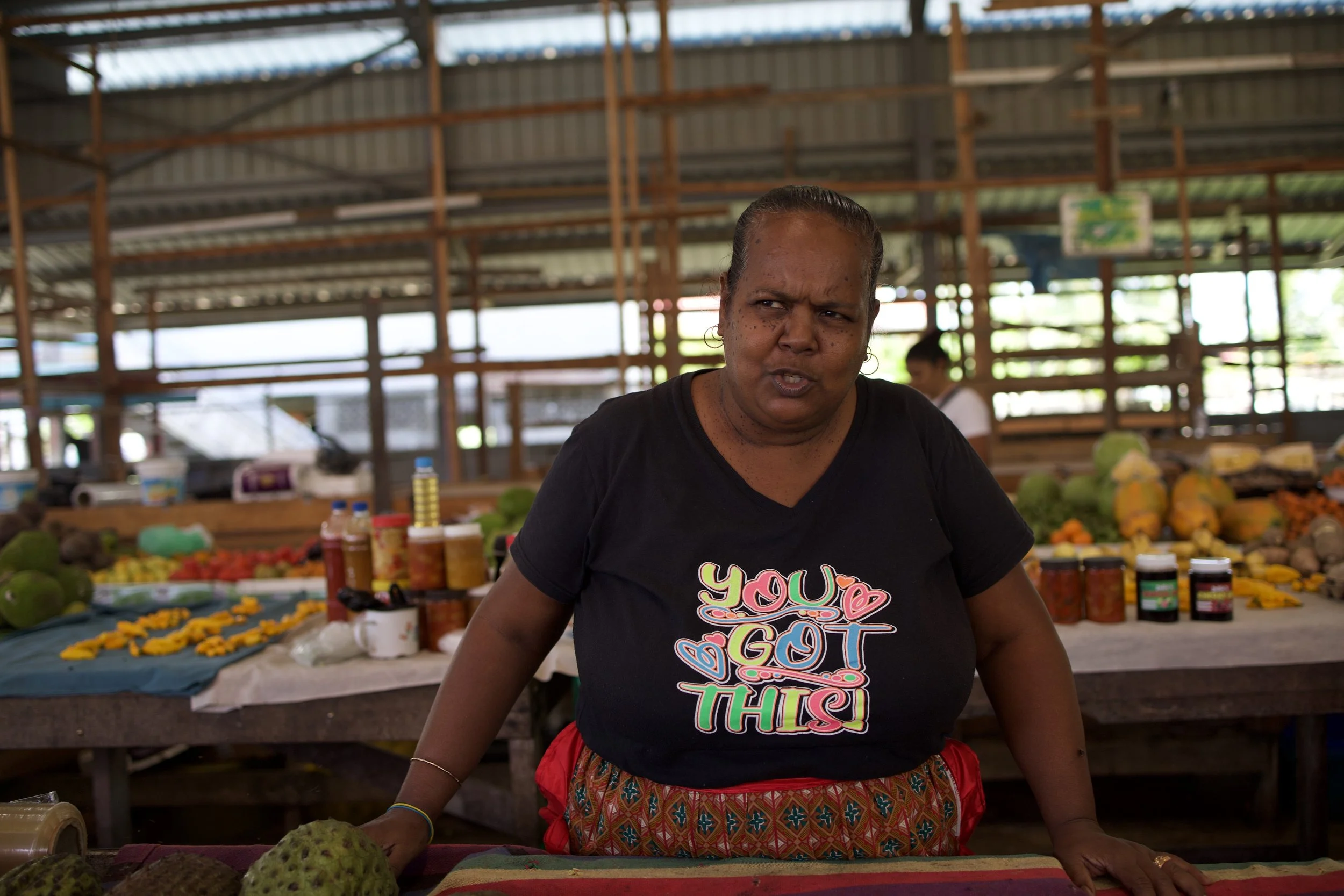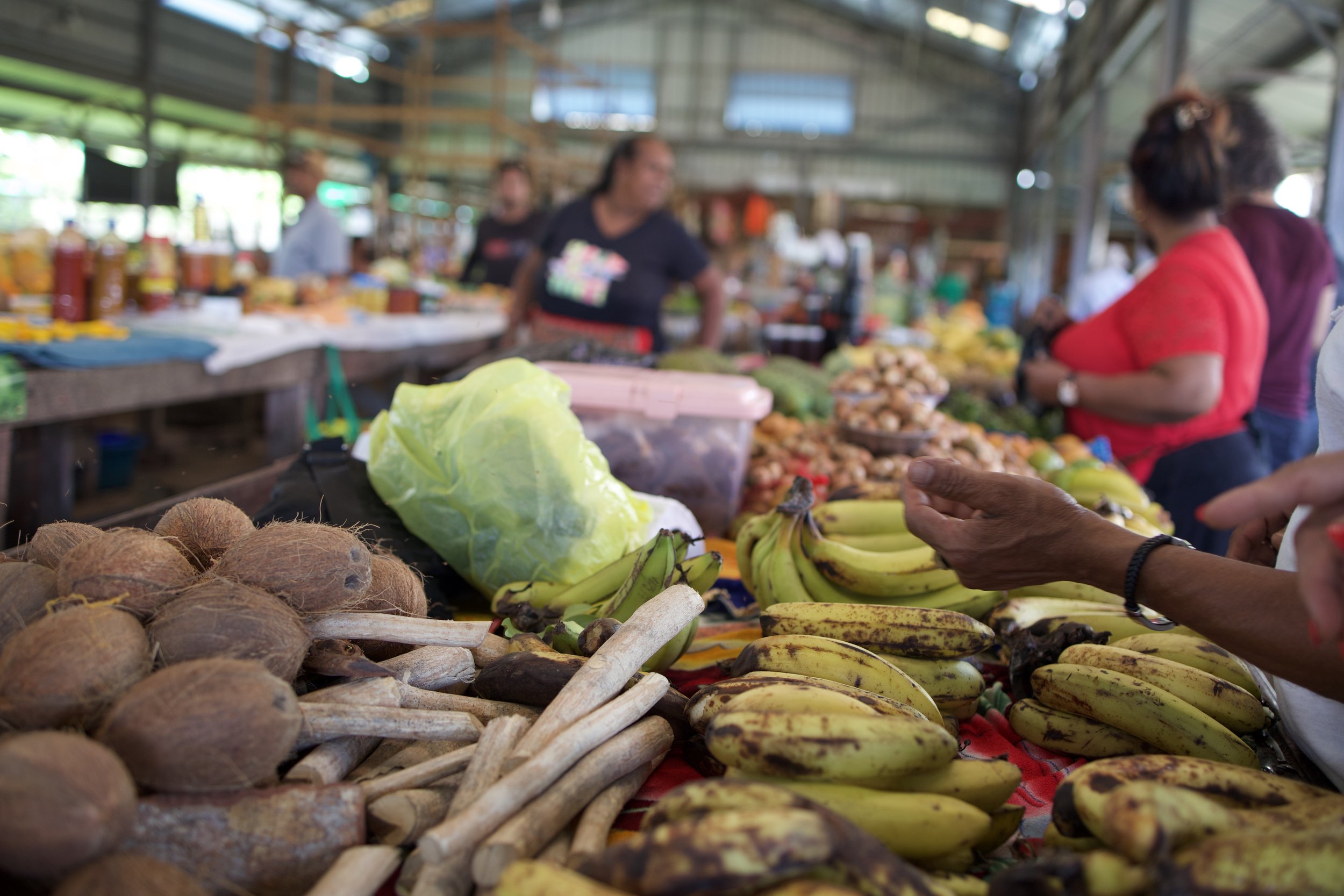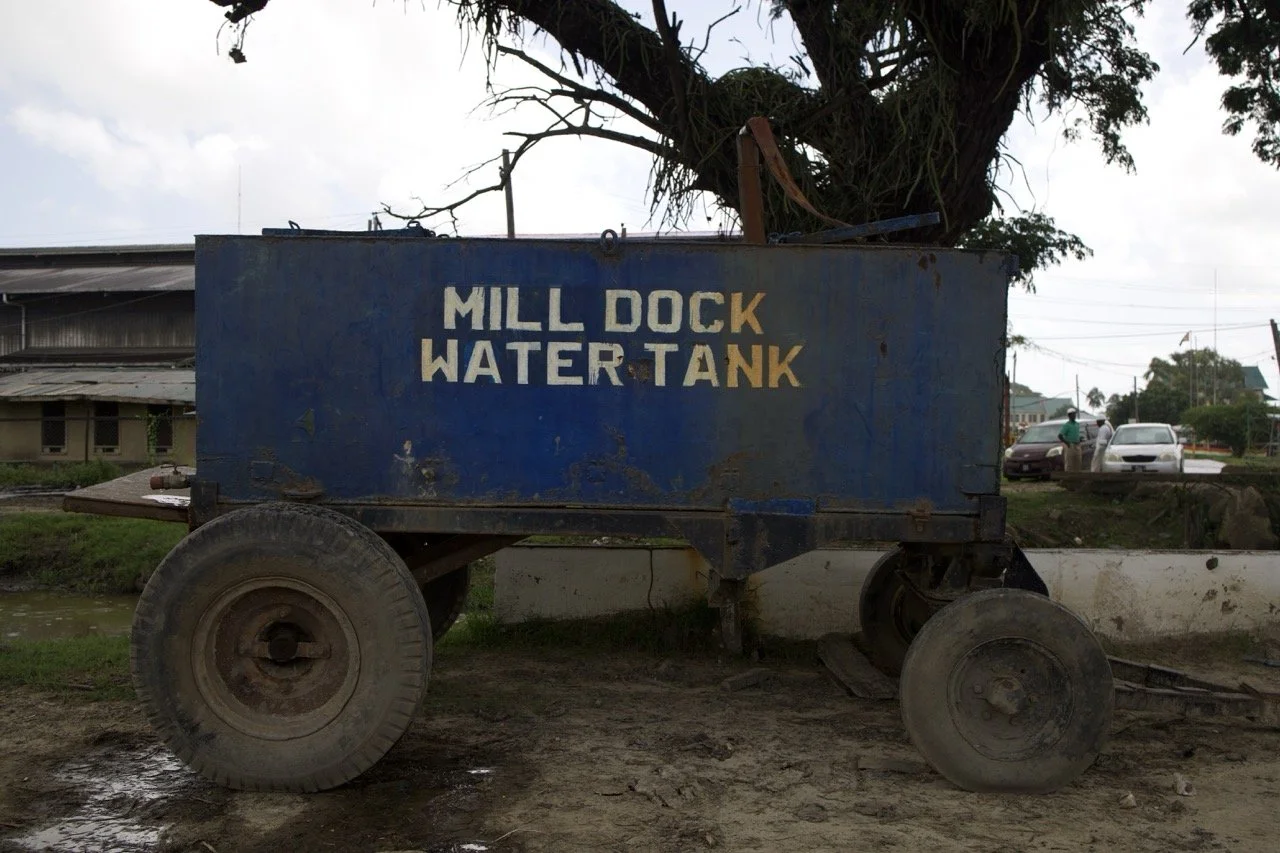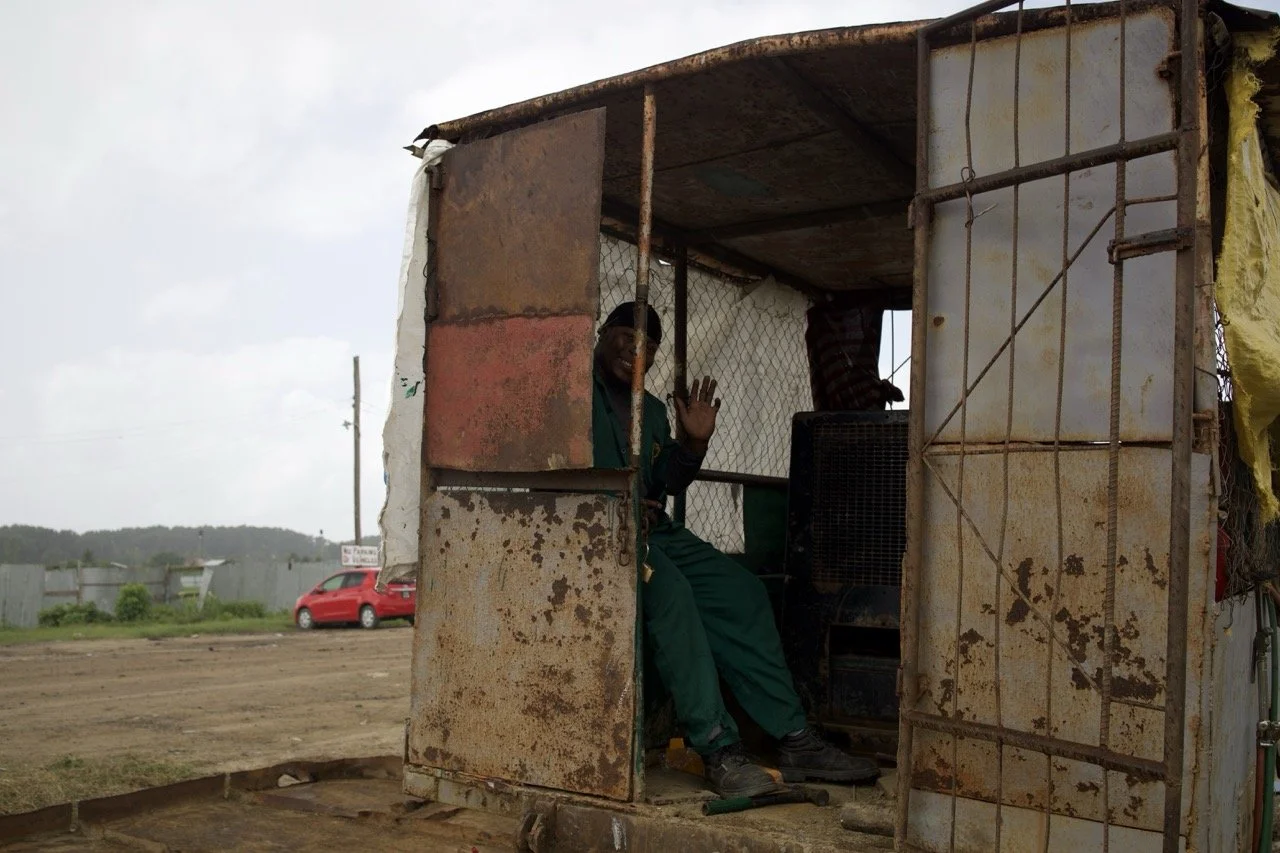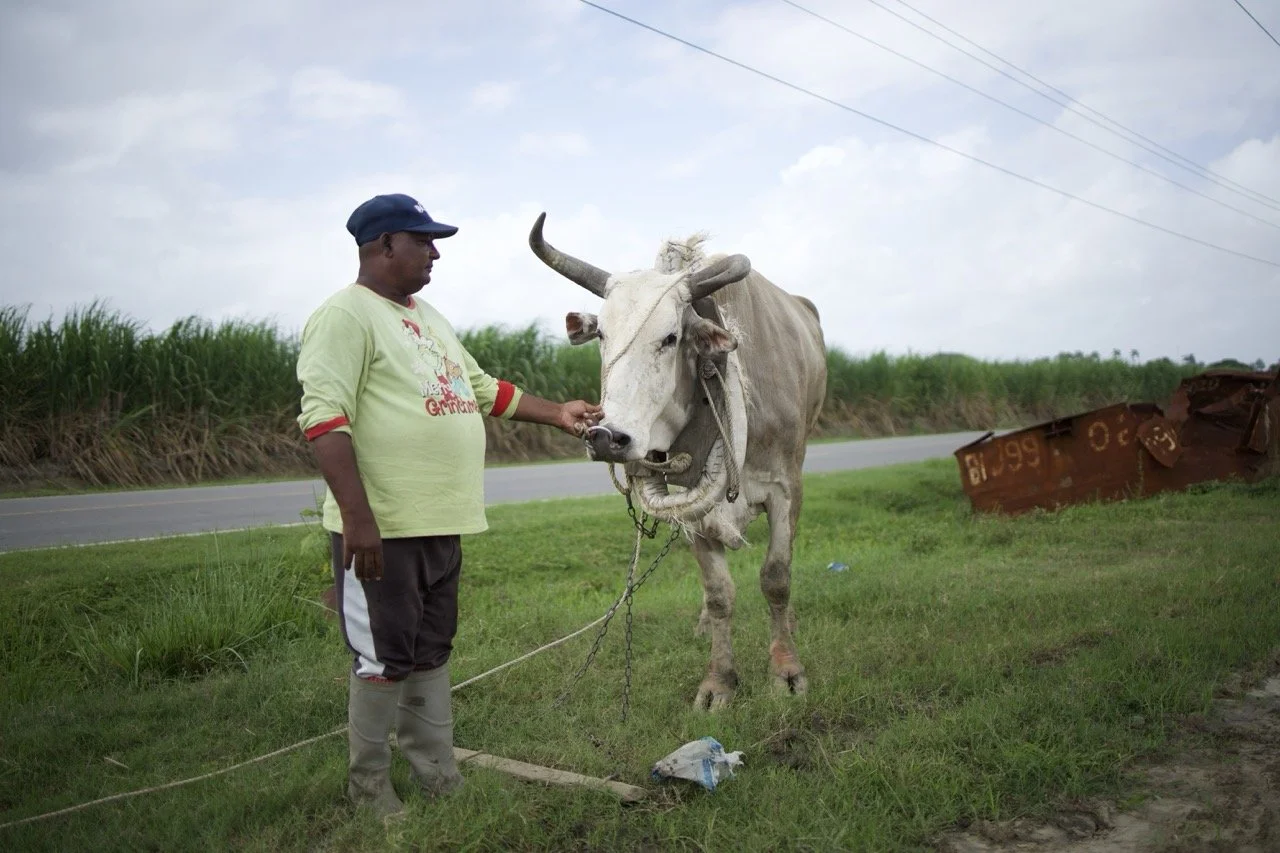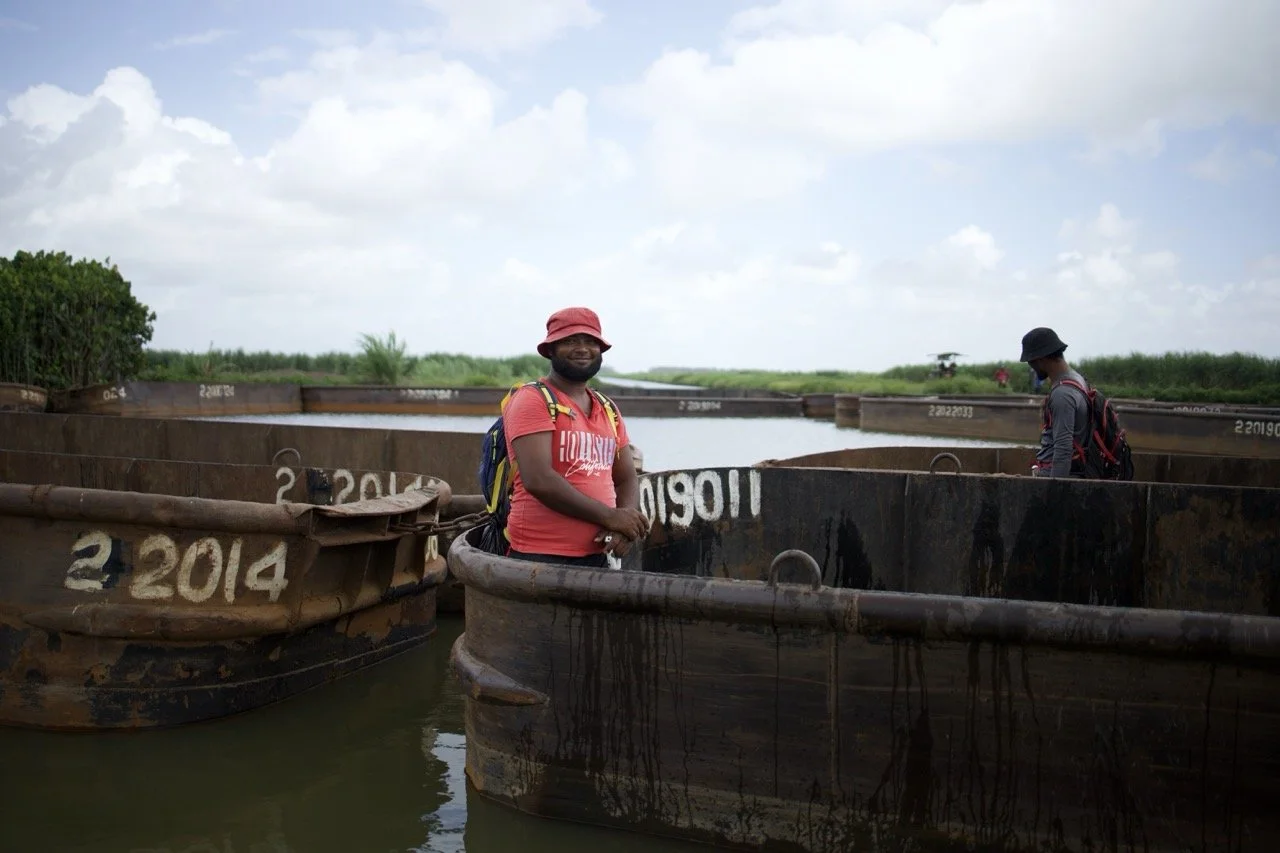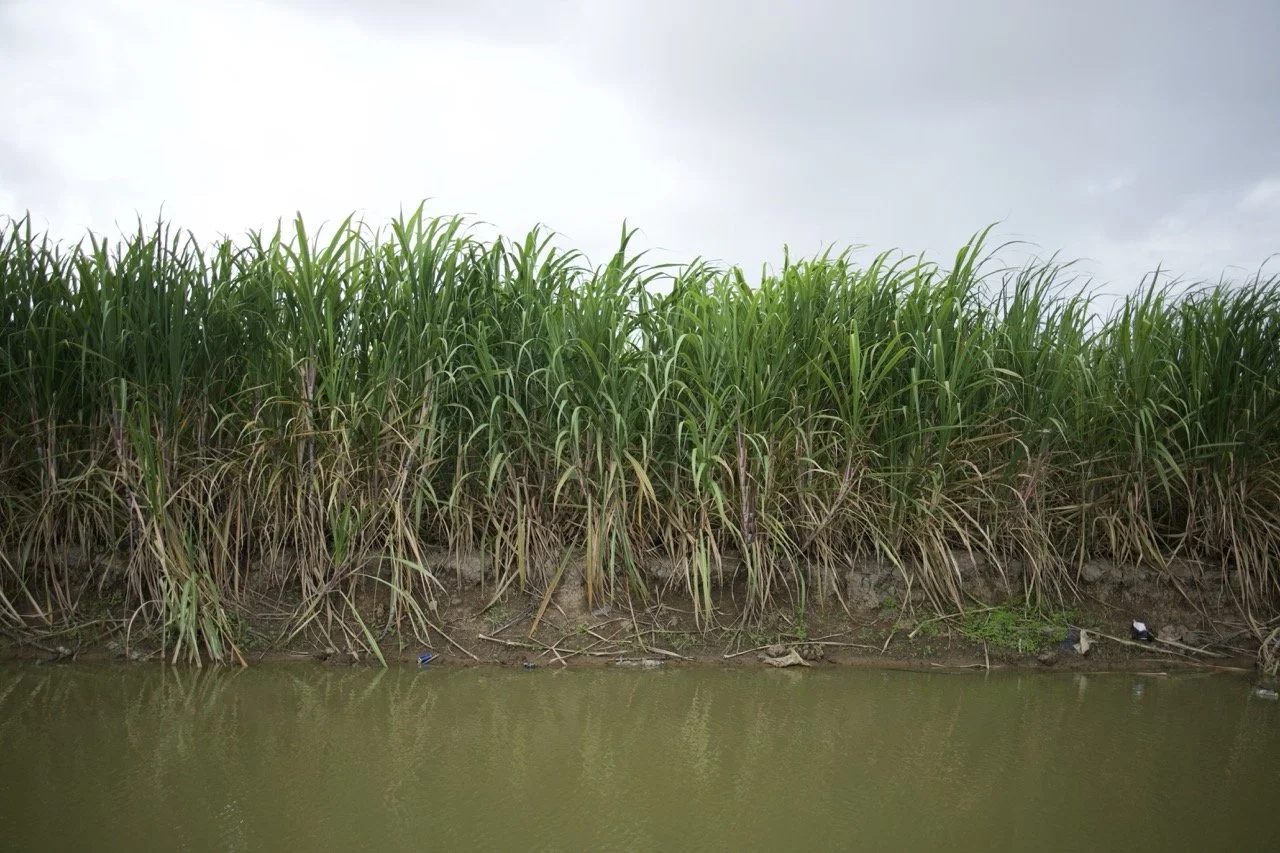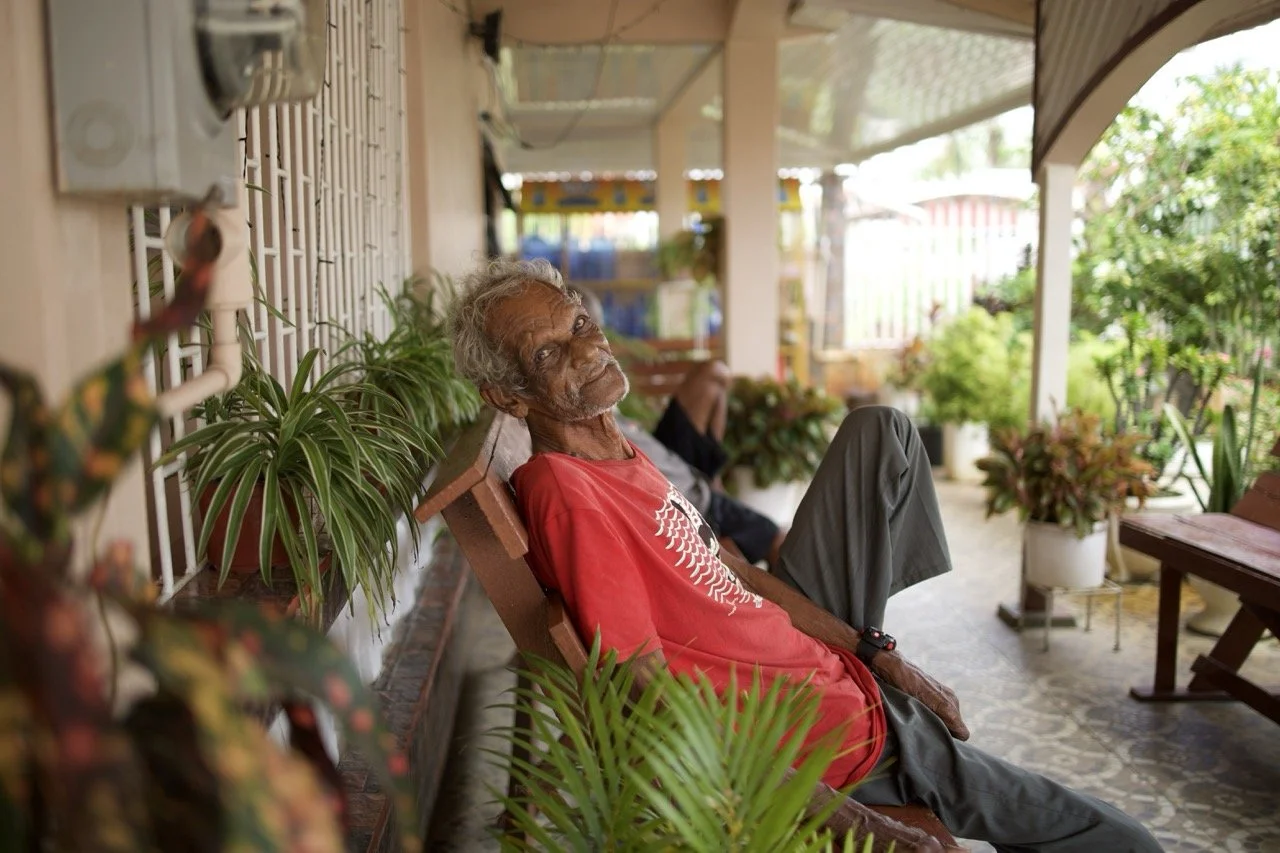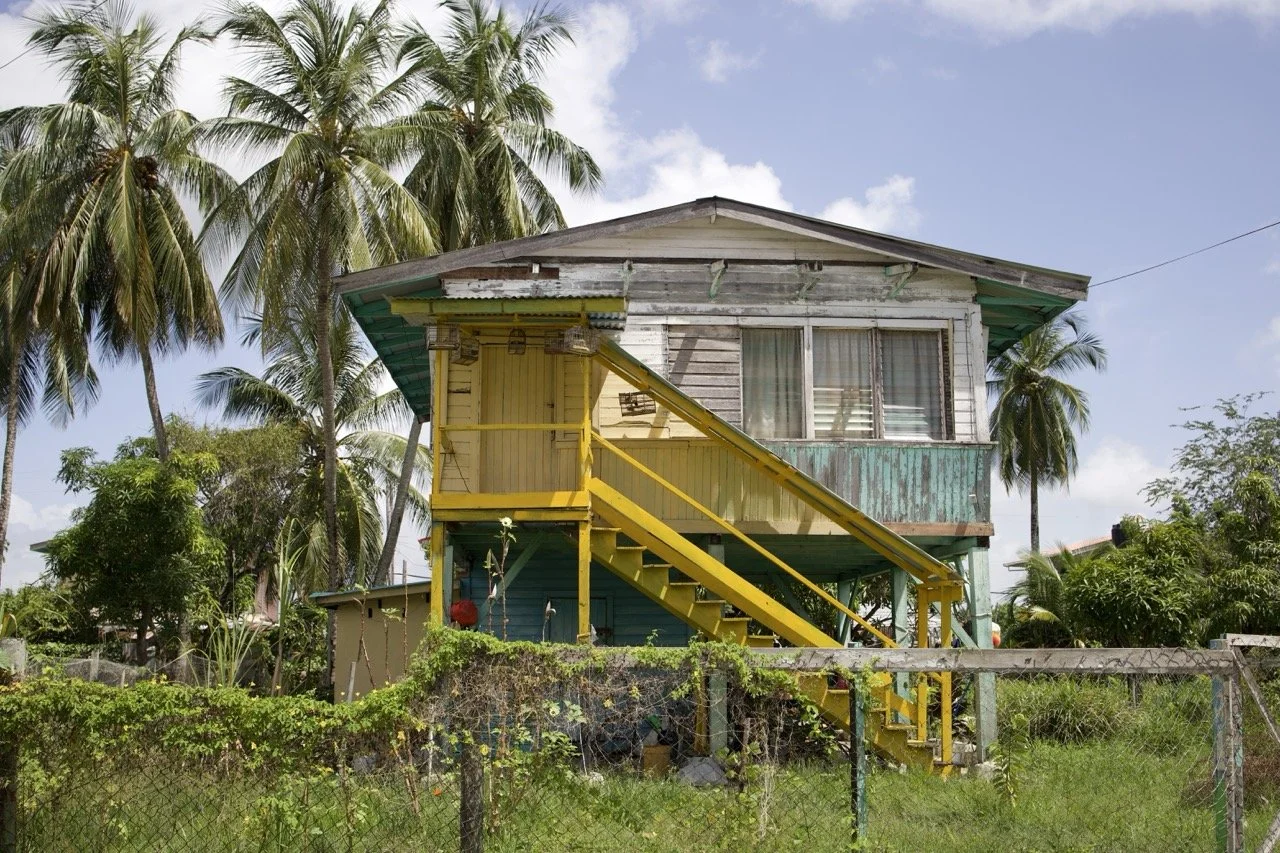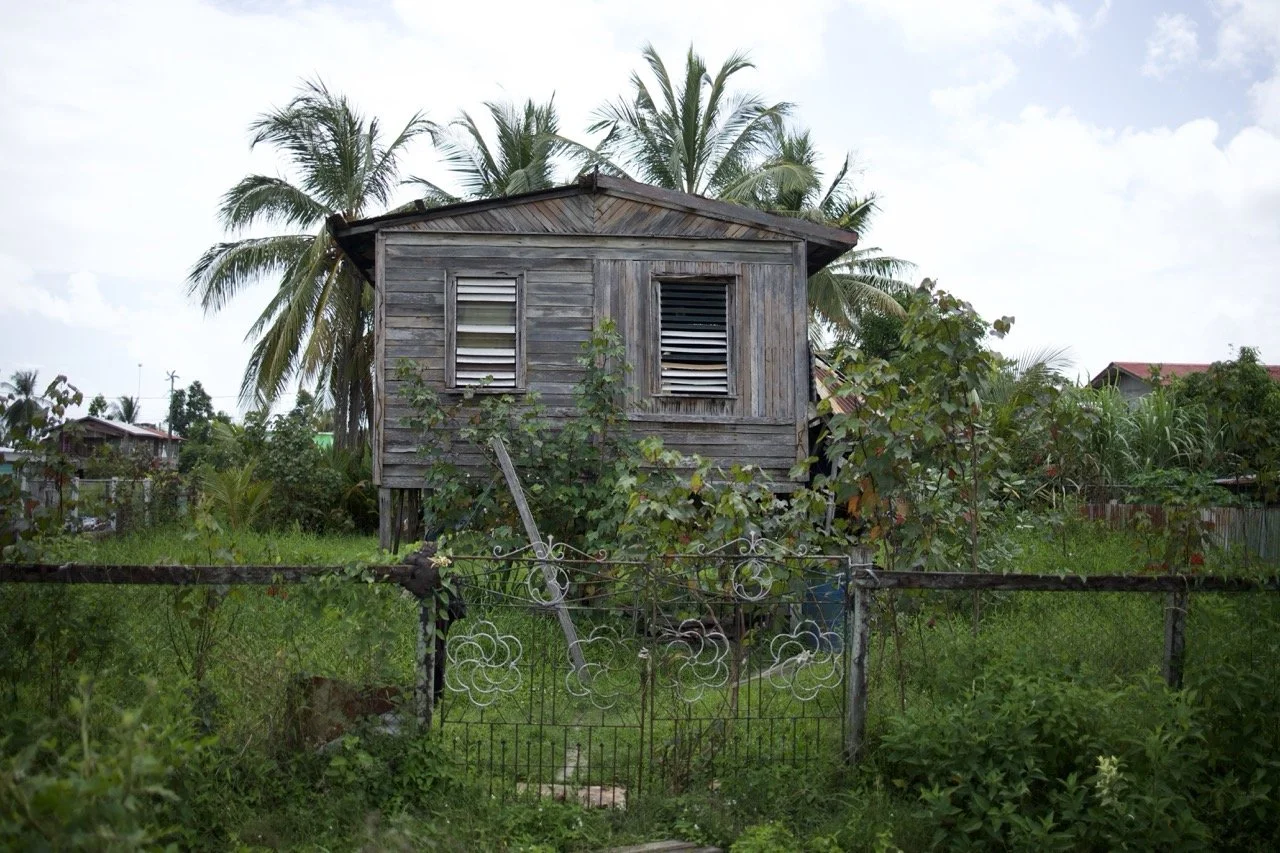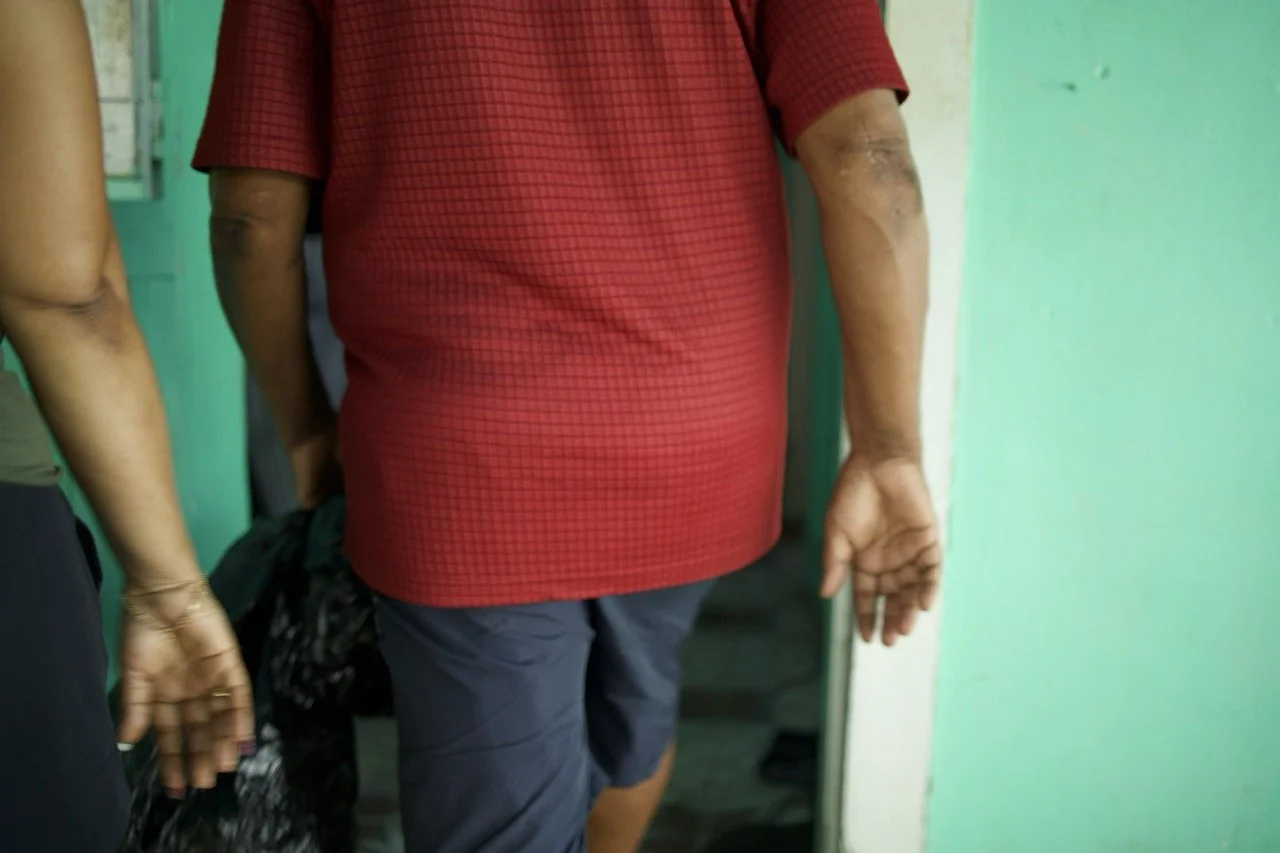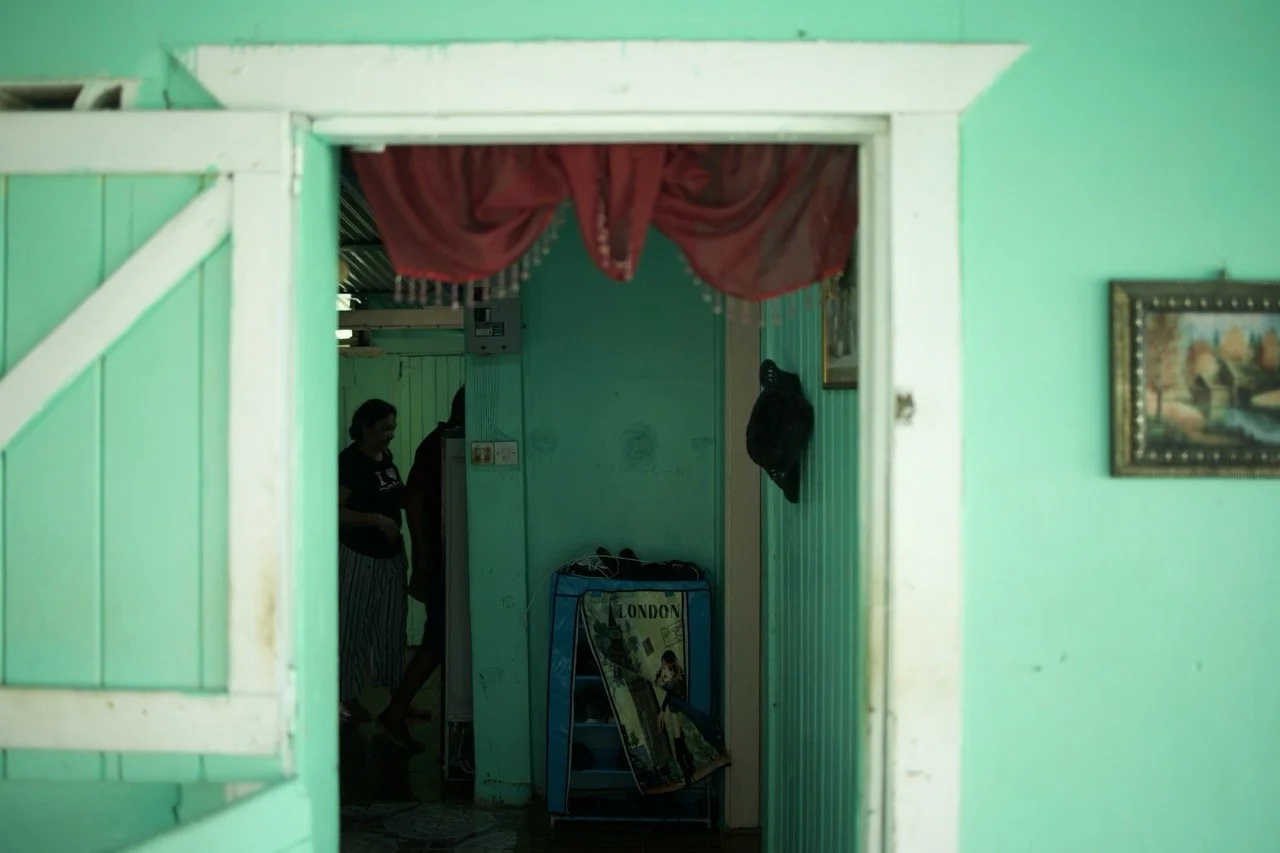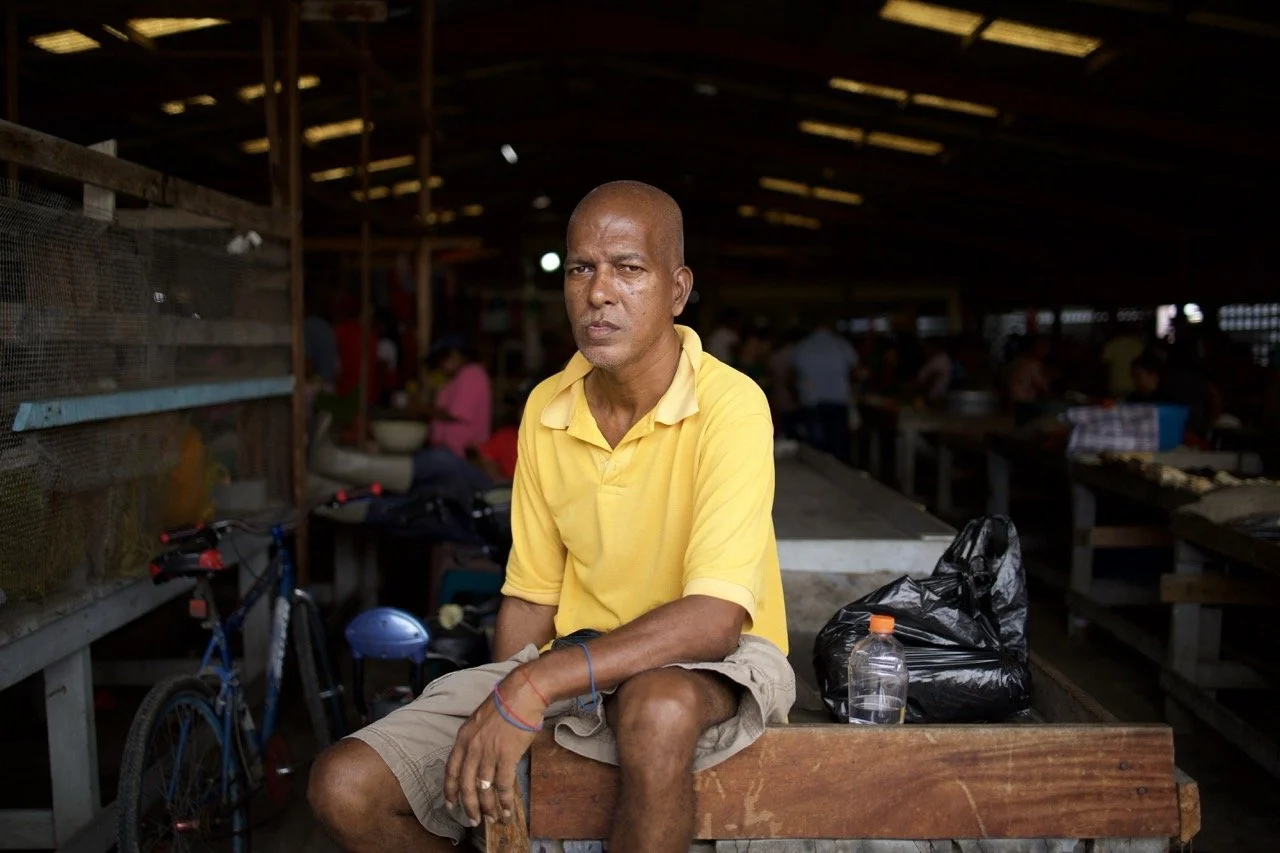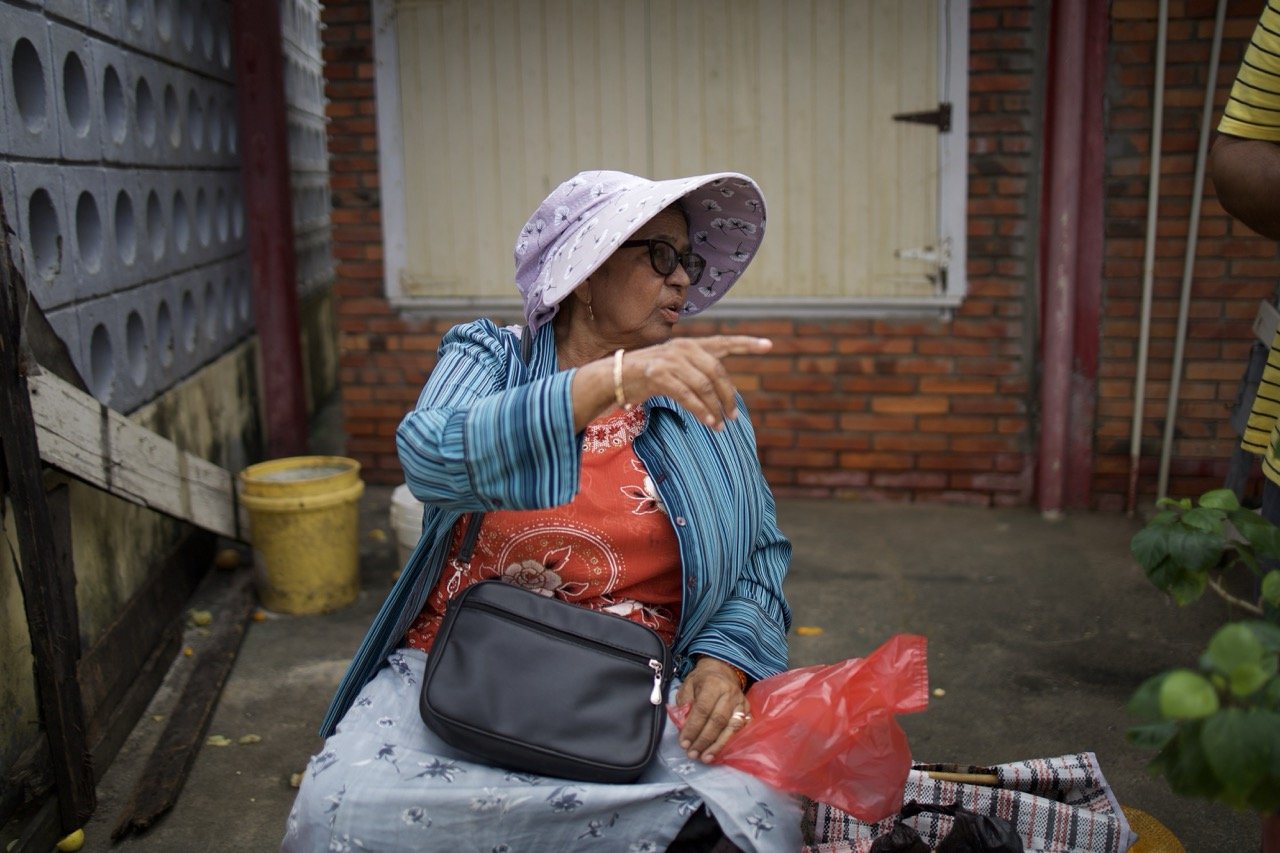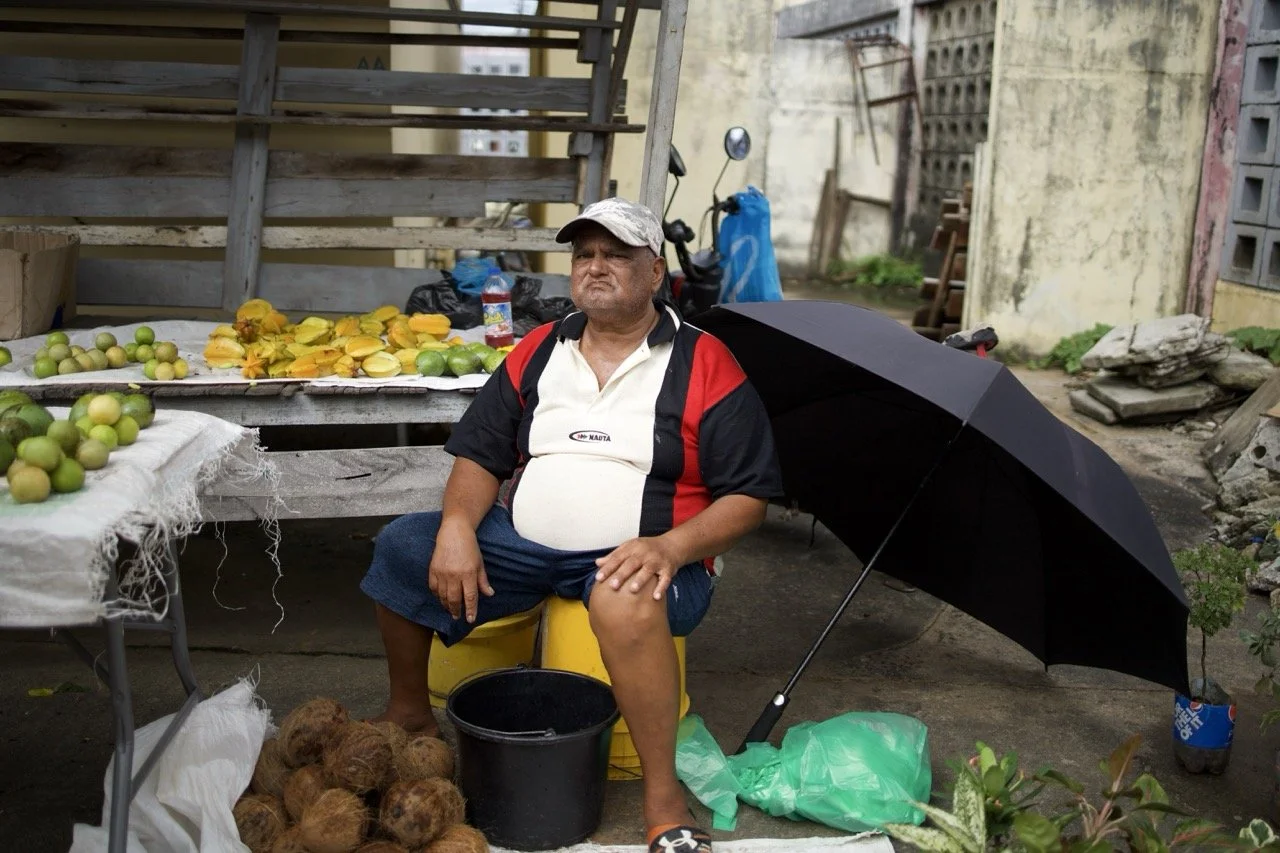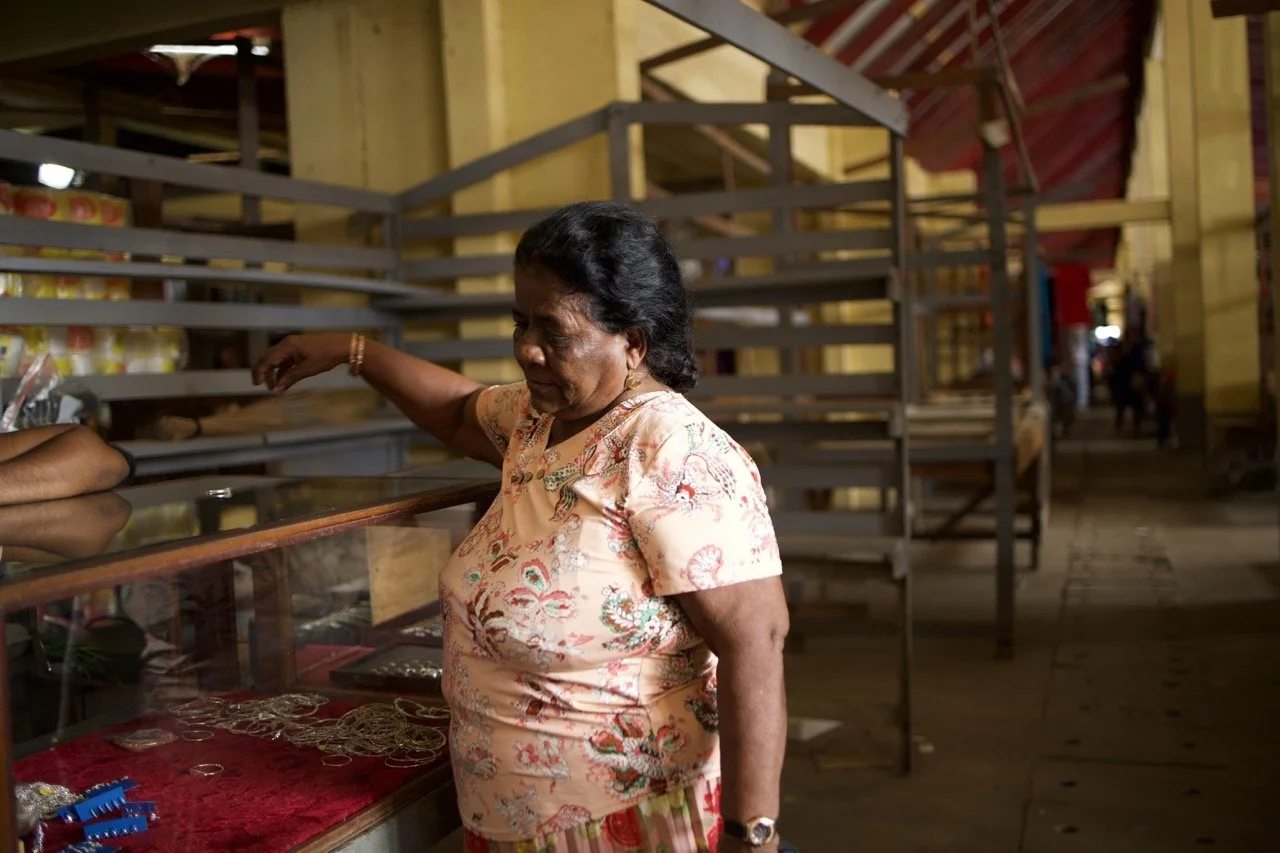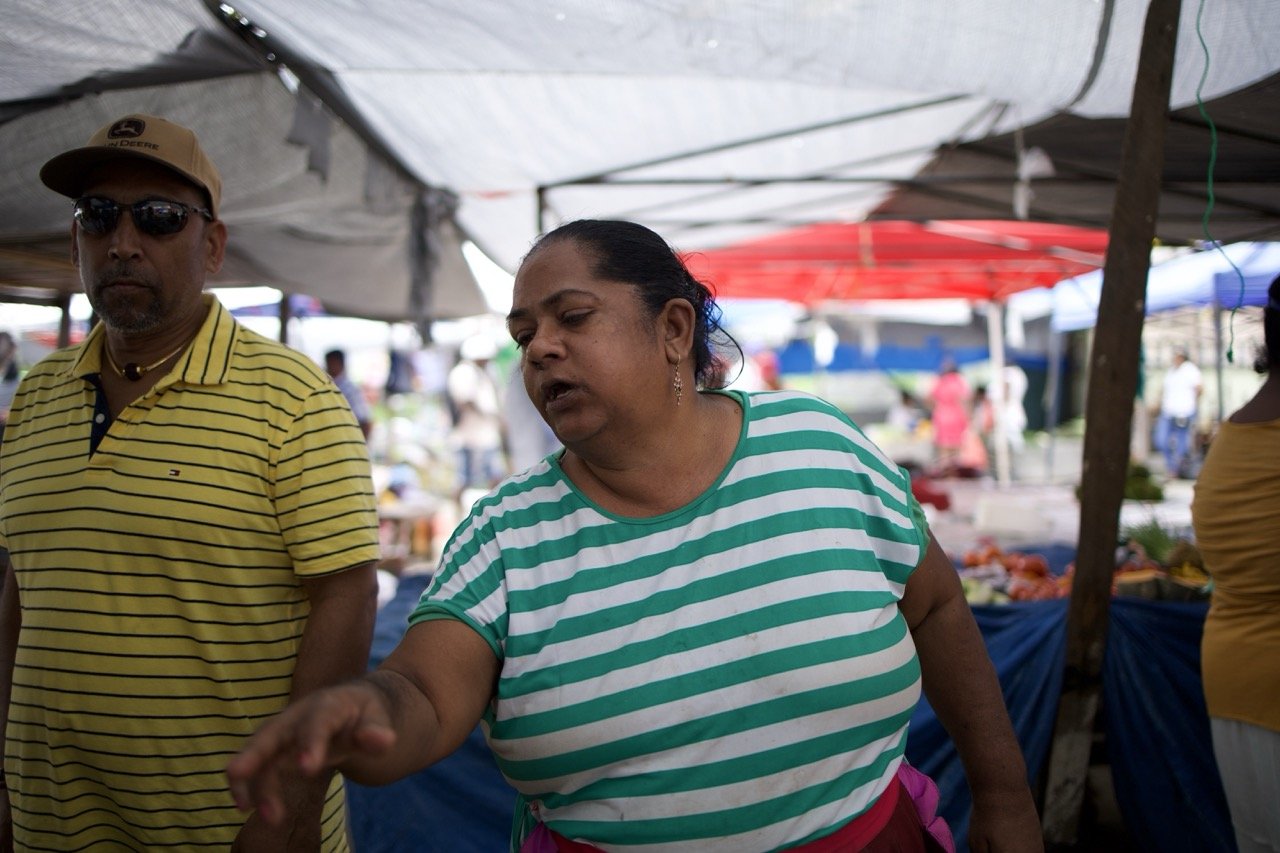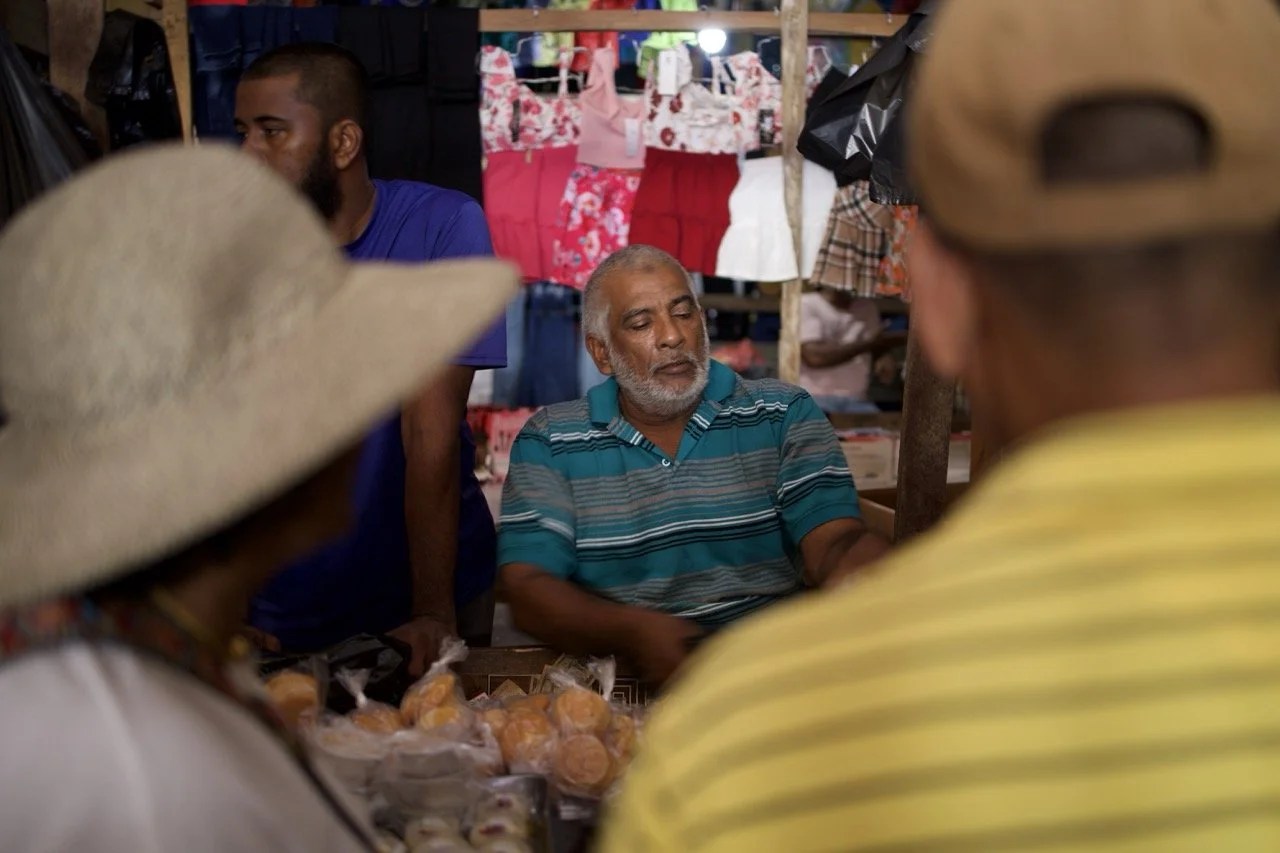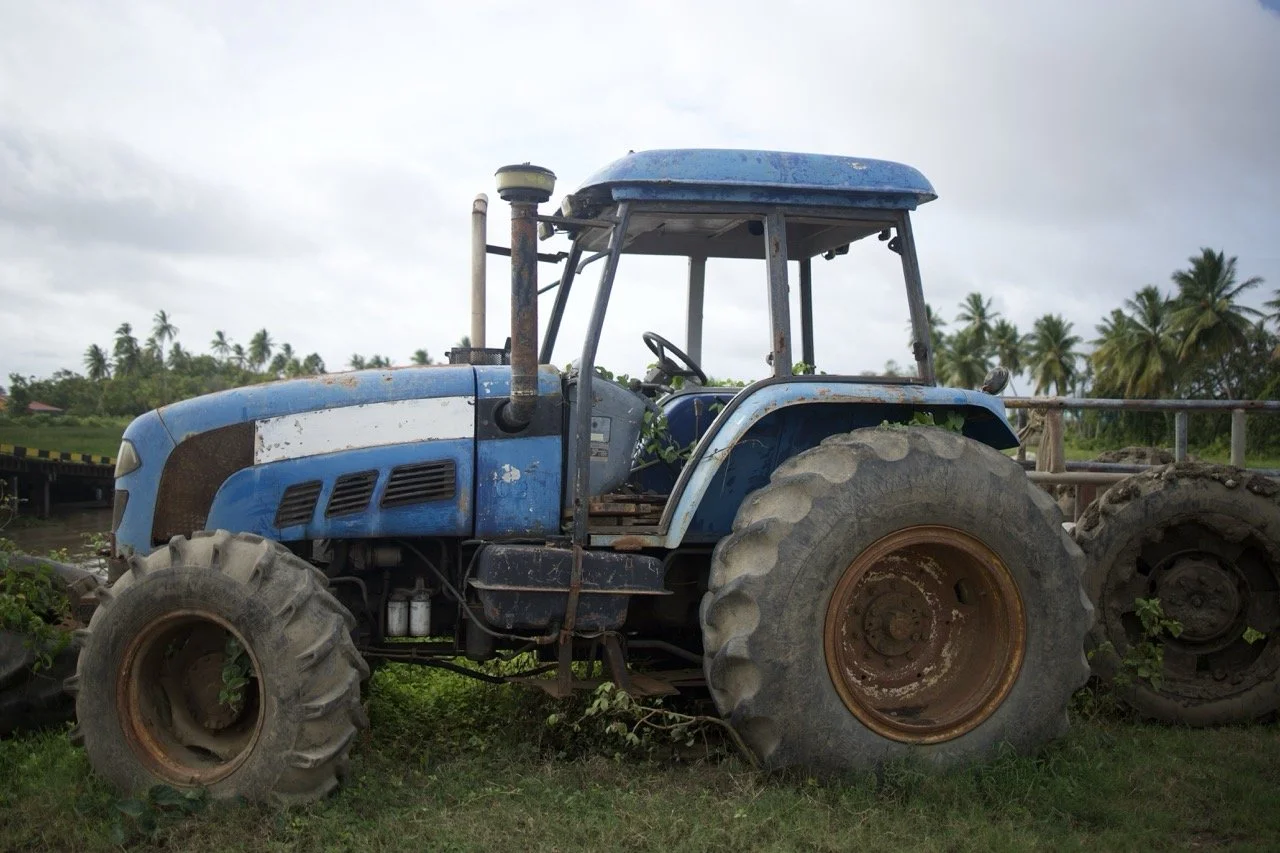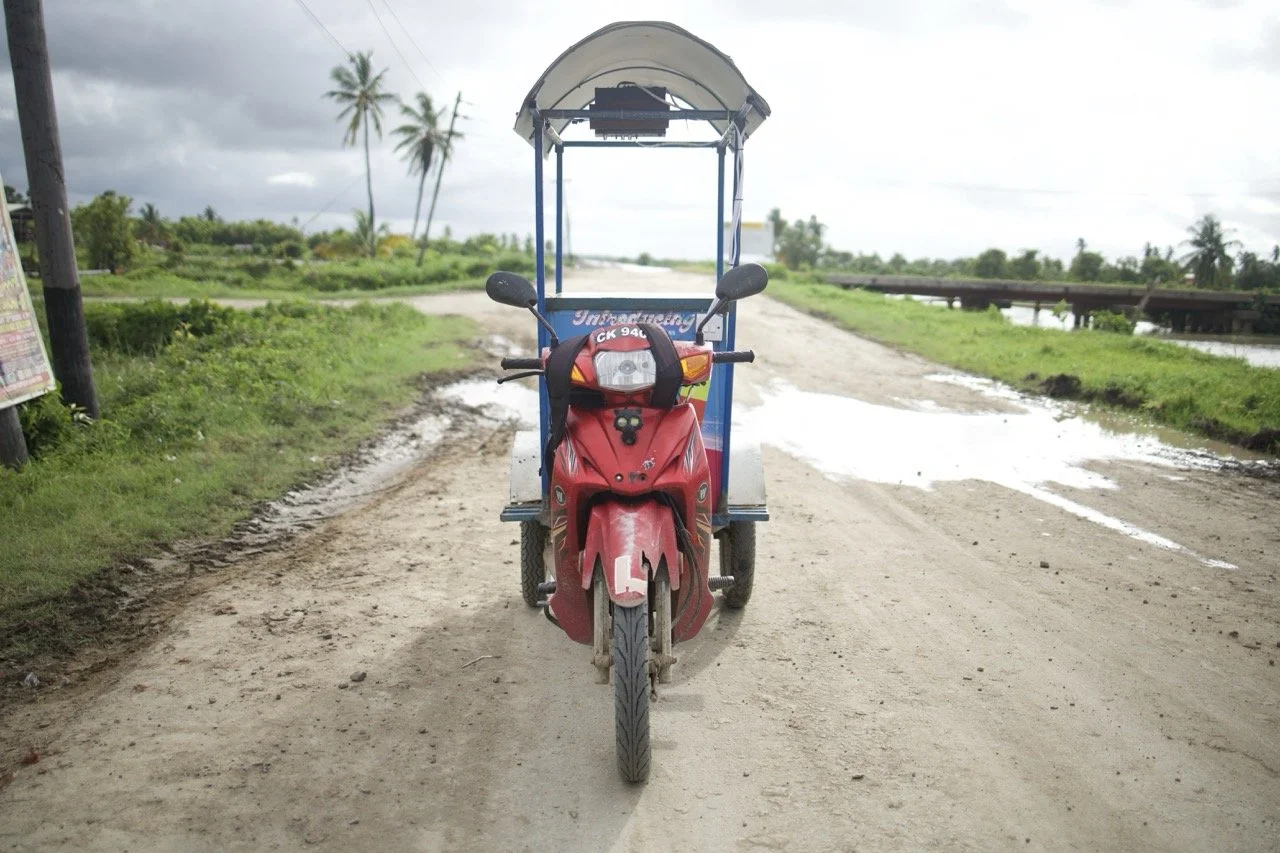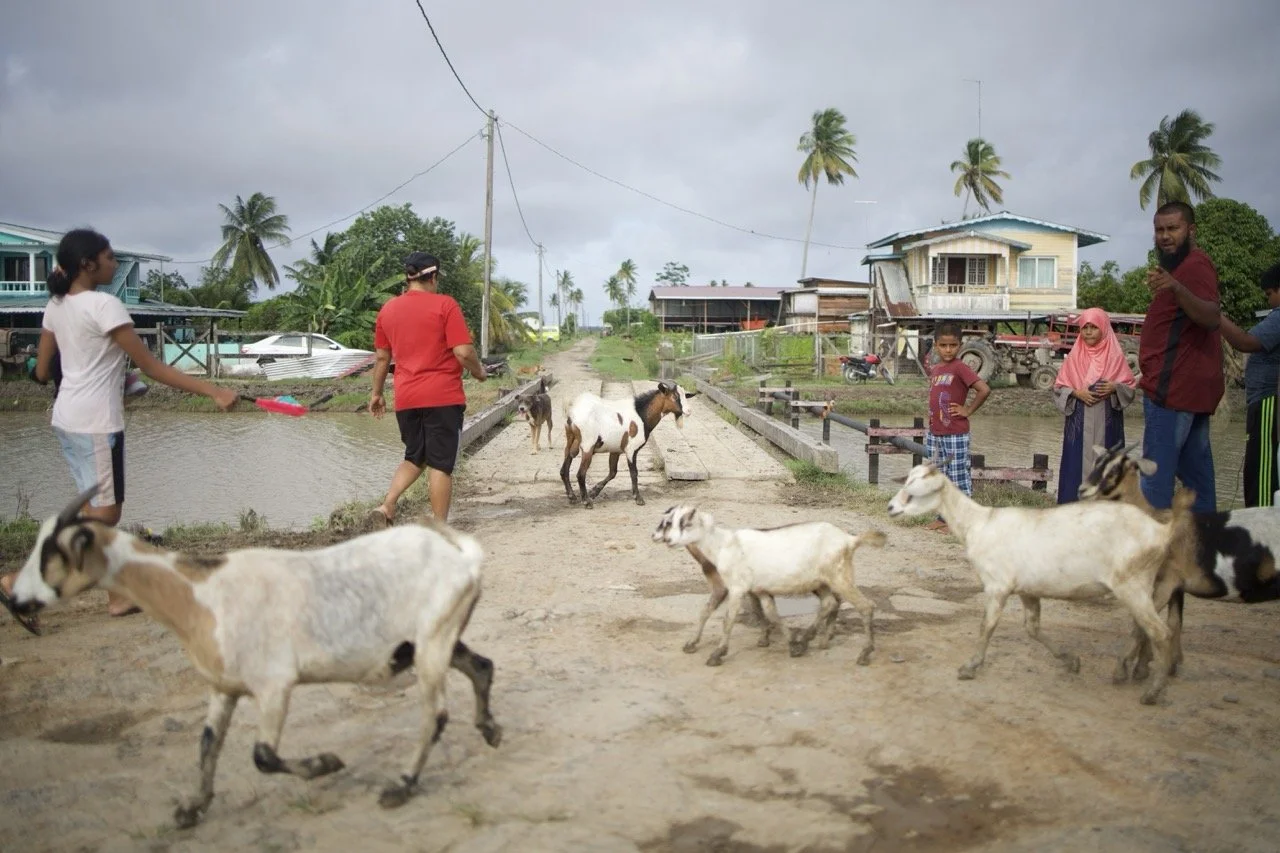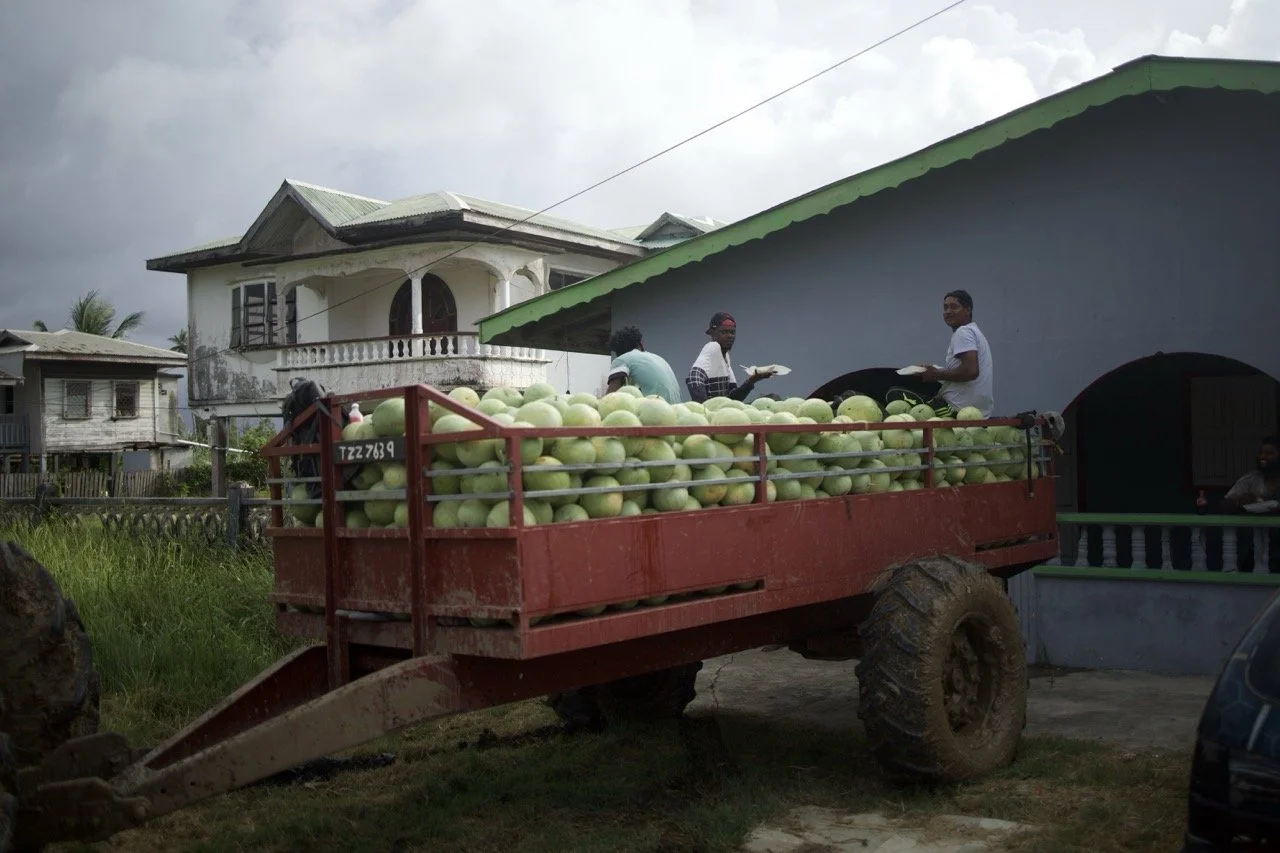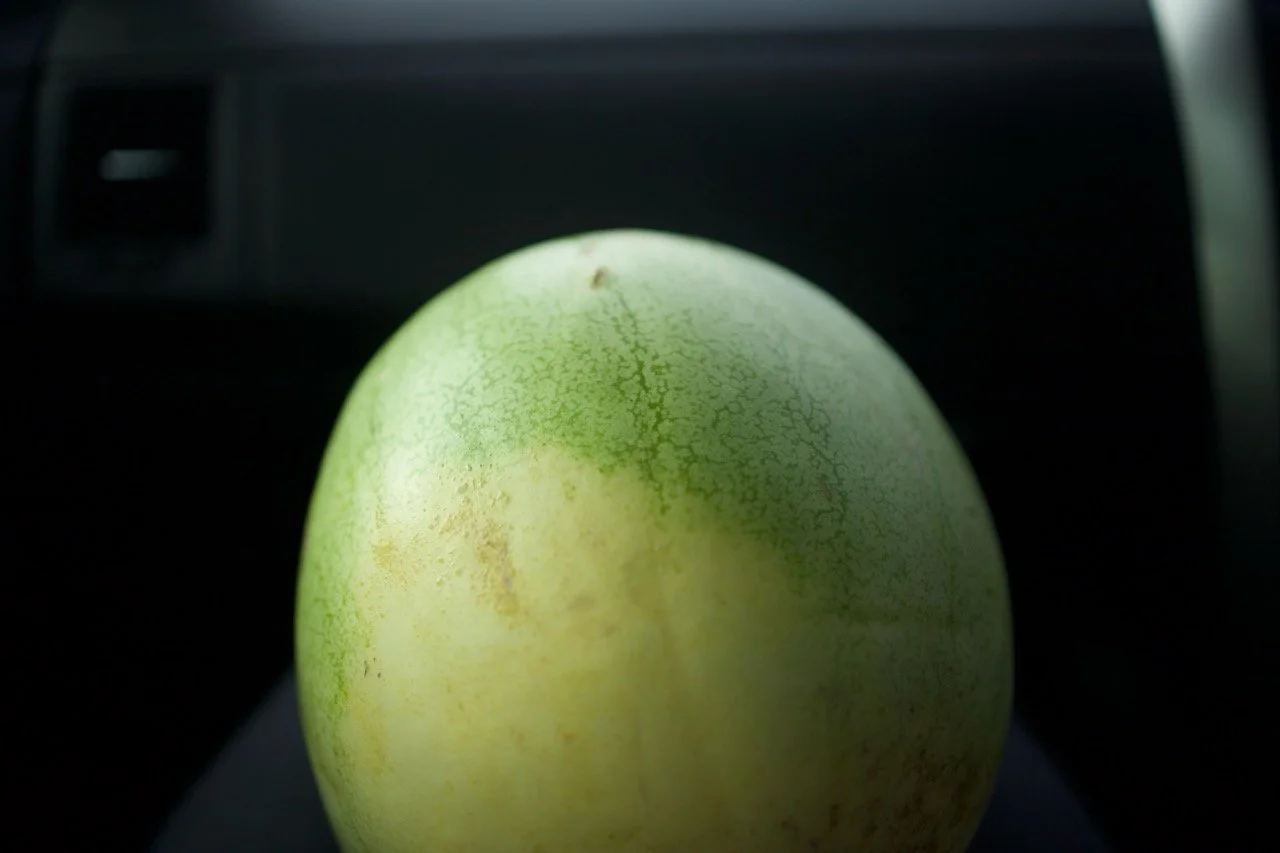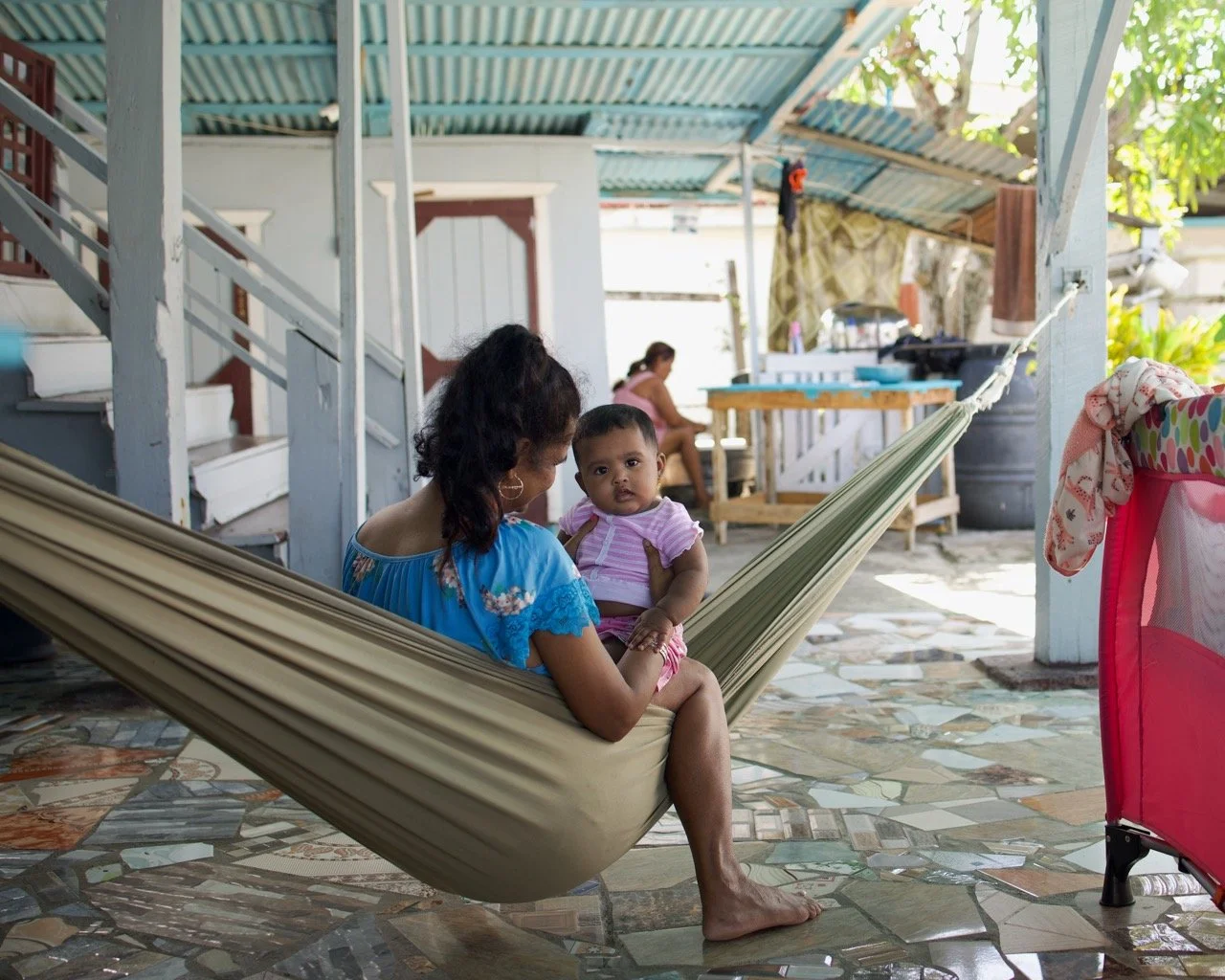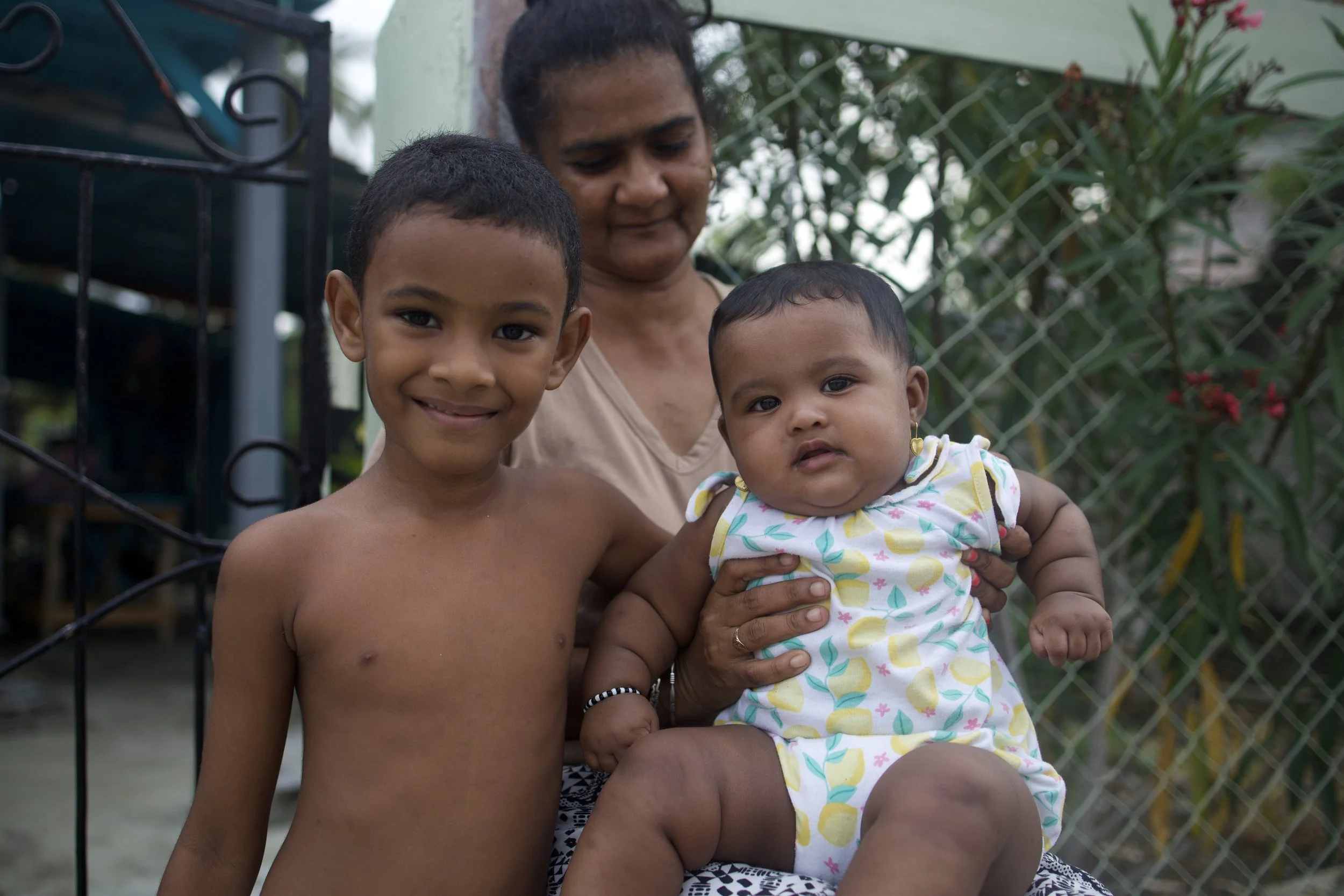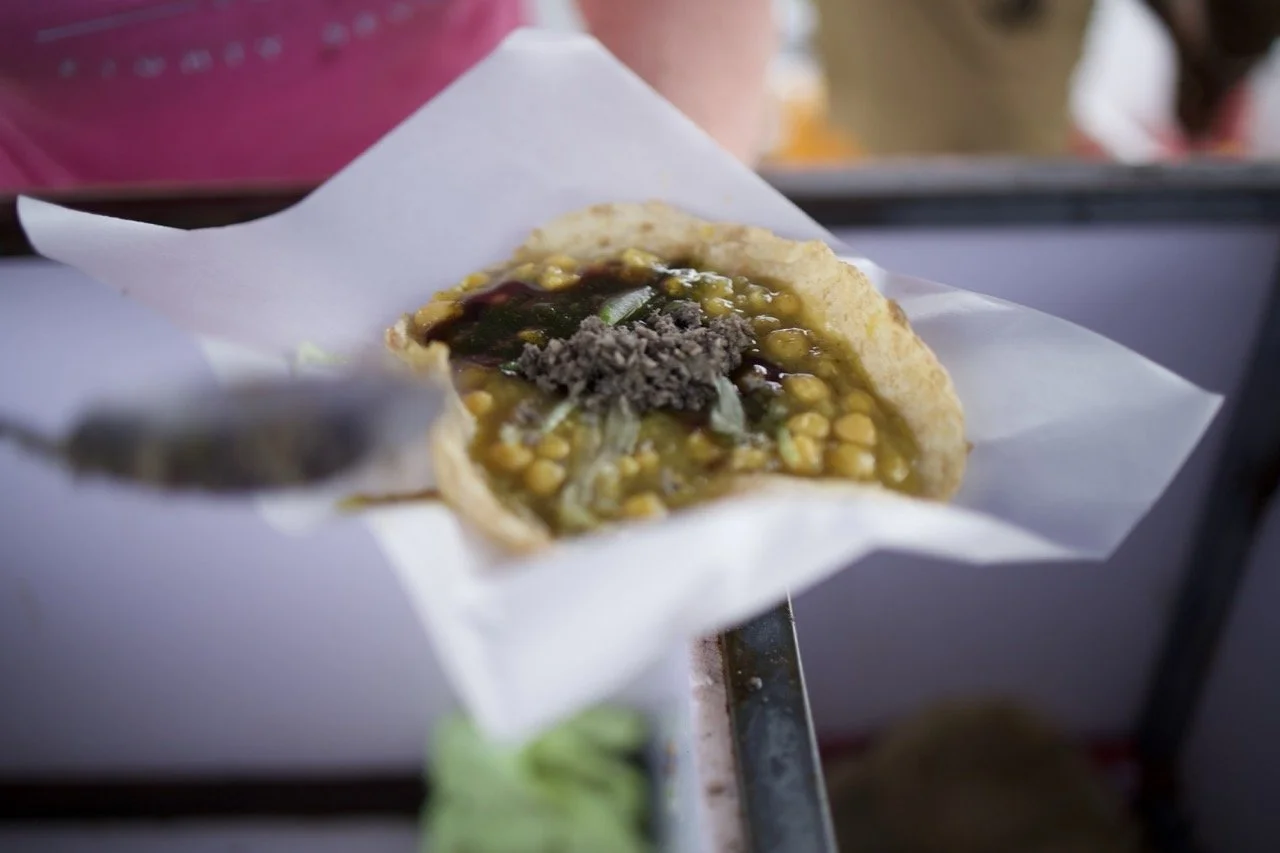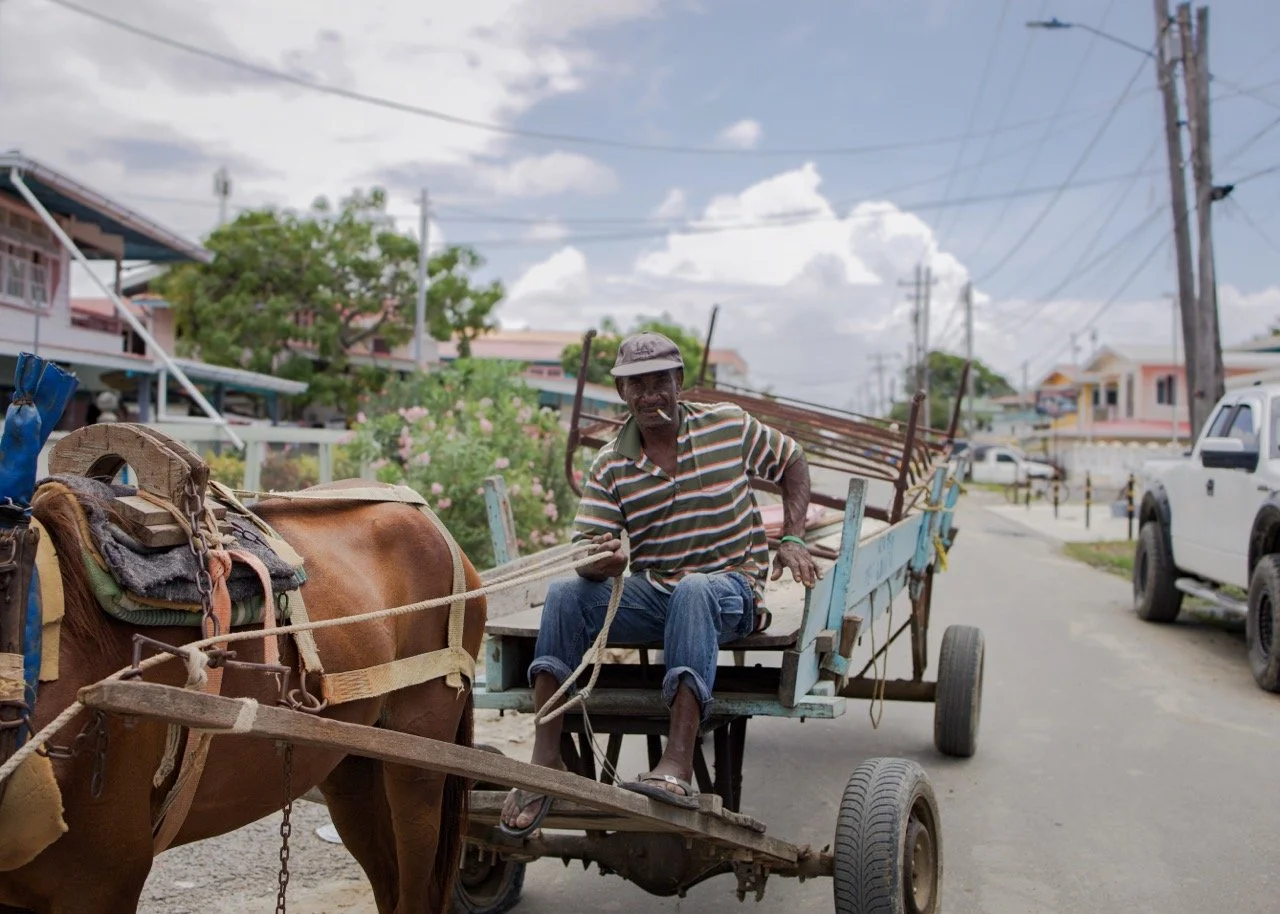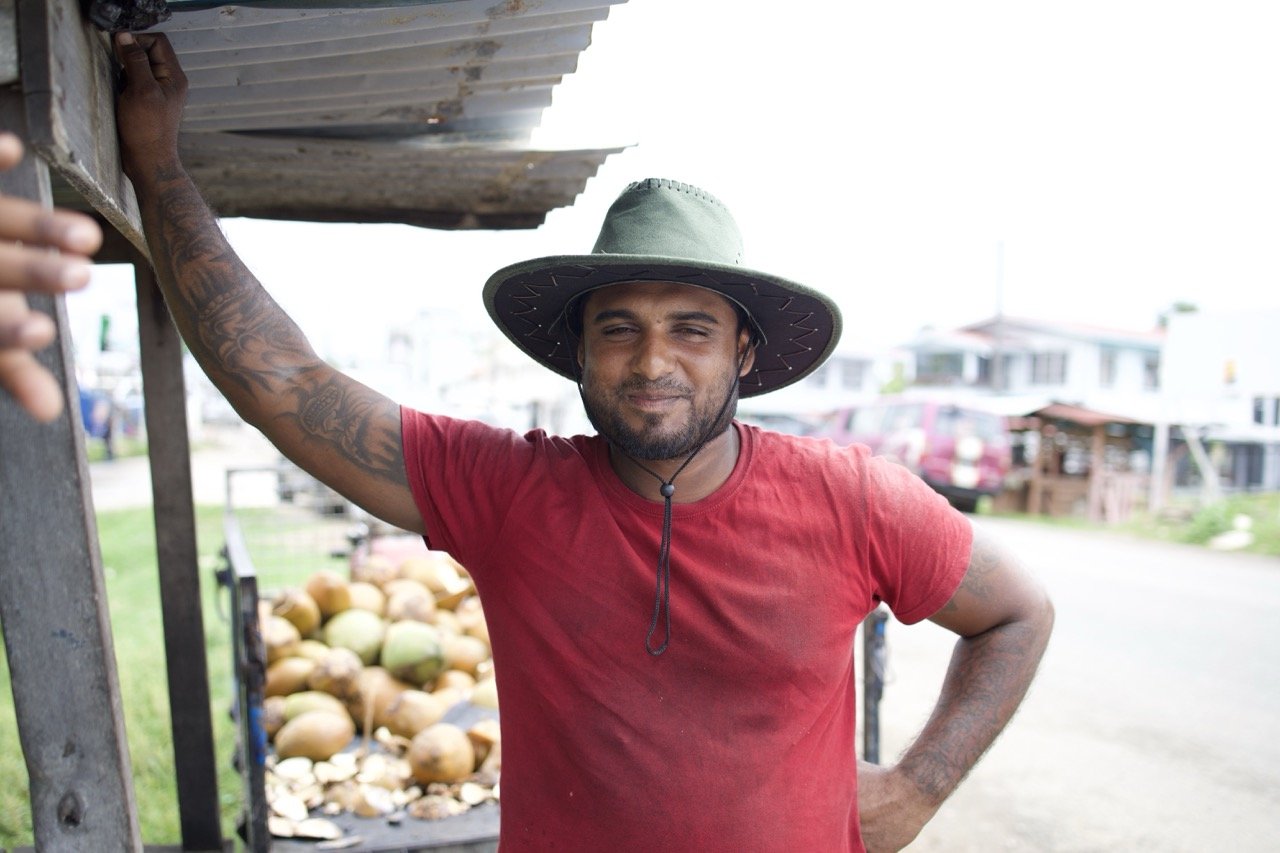On Stilts and in Stillness: Encounters with a Country in Transition
I had never really been interested in visiting Guyana. Growing up in the Caribbean myself, I had come across several people who were from Guyana or had some family from there. As an adult, meeting Guyanese people, I always felt like they were part of our kin, even though their country was completely different from ours, not to mention on a different continent, surrounded by Latin-speaking people.
By the same token, I had always wondered what made Guyana part of the Caribbean? Is it because they were once part of the British colonies and generally in the same area? Is it because their history followed the same history as ours? Why was our most important governmental agency there?
I had never really been much interested in learning about Guyana or Guyanese customs. To me, it was my least favorite Caribbean country. Before going to Guyana, what I knew about it was that it was hot, muddy, and somehow stretched across what appeared to be miles and miles of unending open farmland. Looking at pictures, I wondered why anyone would travel there, let alone choose to live there. It seemed like some wetlands where life ceased or should not be. I also knew that I would probably find some of the best food of the Caribbean there. That excited me.
My mom and I were invited to Guyana by a friend of ours who had known us since before I was born. Every time we visited her in Connecticut, she would tell us about her house in Guayana and how she visited all the time and that we should visit too. In 2025, that opportunity finally came around. I figured that I ought to give it a chance. After all, so many treasures lay in a place where you would least expect it. At the time, I was searching for transformation and hoped I would find inspiration there.
To get to Guyana, we had to connect in Panama. At the check-in gate in the Panama Airport, I immediately noticed that among the mixing pot in the waiting area for the flight were several Asian passengers. By several, I mean about 30 % of the passengers were obviously Asian with a Chinese passport. I tried to think through all the reasons why there would be so many Asian travelers to a country that hardly anyone paid attention to. Perhaps they were workers, but then I noticed that several of them had one Chinese passport and one Guyanese passport. I put that thought away for the time being and continued on my journey to Guyana, wondering just what I would encounter there.
We were visiting our Guyanese Indian friend in Berbice who had planned to hold several Hindu festivals or prayer sessions during her annual visit. I had already been warned that there would be no meat-eating allowed on this trip and definitely not in their house or on their property. My mother would have no problem with that since she had been a vegetarian for almost ten years at that point, and I saw it as a challenge for myself. Bring it on!
We arrived in Guyana around 2 o’clock in the morning and were greeted by family members of our friends. They warned us that we had a 3-hour drive left to the town we were due to stay at for the next few days. I wondered how one would be so lucky in life to have family members agree to drive 6 hours round trip during sleeping hours to pick up their friends at the airport.
Glancing over my shoulder, I saw many of the Chinese passengers being picked up and greeted as if their long-time family members had not seen them in a long time and were glad they were finally back. Were they returning home?
It didn’t take long for me to fall asleep once we got to the car. I wanted to stay awake as long as possible so I could get a good look at the country over the three hours we had in the car. In the end, there wasn’t much to see. There was just one long, windy single-lane highway all the way to Berbice, and the most interesting thing on the road (besides the strangely huge amount of 2 a.m. traffic) was the road construction.
I listened to a few proud words of our friends’ family members as they recounted everything their country was doing to encourage growth and development in the past few years. I looked around, wondering what I would see when the sun came up, and dosed off.
We arrived in Berbice just as our friends were preparing to leave and head to the fish market not too far away. I was beyond exhausted from the long journey but quickly pulled myself together and hopped in the car to start our Guyanese adventure.
The fish market was an hour away on what seemed to continue on the same windy single-lane highway we used to get all the way from the airport to Berbice. One the way, we stopped by a street vendor who was selling food. Not much different than what I was accustomed to from my hometown, Saint Lucia.
The food was good, and to my surprise, I was being handed fish among an assortment of various delicious Guyanese breakfast foods. I thought it was going to be a vegetarian-only trip. I guess I had our friend’s meat-eating and strong-willed brother to thank for that. We continued on to the fish market, and I was positively blown away.
I’ve been to fish markets before, but this fish market was bustling with high energy and trade. As if, at 6 a.m., we were now approaching the end of their day rather than the beginning.
The fisherman at the market had already sold the fish wholesale, and all that remained was for the latecomers and stragglers. Many were cleaning their gear and hanging around as if it were some large social event. Our friends searched around at the different fish pots to find what they were looking for. All of the fish looked the same to me, but I suspected that they were looking for the best price per pound. Once they found a good seller, we watched as the fish was prepared for takeaway.
The conversation exploded over the fish’s preparations— a lot of which was dedicated to their fascination with my hair, which I chose to wear out in an afro. That’s something that you don’t see that often in the Caribbean. I ended up being the subject of a few jokes, which continued throughout my time in Guyana. They all went a little something like: Why don’t you do something with that bird’s nest on your head? Or How long was it since you’ve combed your hair, etc.?
It reminded me of my childhood when I wore my hair in an afro more often. Somewhere along the way, I stopped. I think everyone’s comments finally got to me and made me feel like there was something wrong with the way my hair was. I wondered how people, after understanding everything that transpired or occurred in our white colonial history, could still make fun of someone for the hair which they were born with. I brushed the jokes off my shoulders as I usually did, smiled along, and waited for the fish to finish being prepared.
A few of us decided to take a stroll around the fish market. From there, we could see the beauty in the design of the fishing boats and also witness some new ones being built. These were some of the finest-looking fishing boats I had ever seen. They were so grand and so beautifully constructed. It reminded me of how seldom we came by anything handmade anymore. I wished that we still had a society that not only appreciated but supported the work of artisans such as these boatmen.
In the afternoon, we visited the village market. I began to understand the inner workings of the market. We had gone directly to the fishermen to get our fish this morning, but we had to travel over an hour by car. The local folks went to the market and paid a higher price for the same fish that we got earlier, except theirs had been sitting out in the sun all day.
As the day passed, I began to understand more and more of Guyana. I didn’t know much about the Guyanese economy except that I had heard that a lot of Caribbean products were manufactured there. I also knew that Guyana had a lot of oil. I wondered why their country was in such a state, when they were possibly one of the most resource-rich Caribbean nations. Guyana appeared to be poorly developed, although things were just as expensive there as they were in the United States.
Later that day, we went to a small sugar plantation and accompanying village where our friends were from. We witnessed some sugar workers, filling up troughs with sugar cane, to be carried to the factory. Nearby, they had a bull waiting to drag the troughs all the way down the river to the factory. It was quite a sight, to see that so many older customs were being maintained despite the ability to switch them out with newer, stronger, and faster machines.
Riding through the small village was a treat. There we saw many interesting houses. They were wooden and colorful and stood at more than 15 feet tall on long posts. As if the houses could pick up and walk to another location with their 4 stilts. Each had a small balcony area and under the house, there was usually some people sitting in chairs or swinging in a hammock. We stopped at a few houses, but mostly we were just shown around from the car.
Much of our Guyana trip continued the same way. There was lots of sightseeing from the car, accompanied by food tastings that we had never tried before. Our days began and ended with hindu praying traditions and home-cooked vegetarian food, which happened to be a wide variety of curries and stews from vegetarian tofu, goat, to veggie mushrooms or curry bread nut. The food was delicious, and I hardly noticed that my usual meat fix was missing.
Over the days, we listened to countless conversations of Guyanese politicians , who were more corrupt than who. Who had done what for the people and who hadn’t. Who had united the Indians and Blacks and who had pitted them against each other. In the end, it all sounded like various degrees of the same corruption, just masked with pay-offs. I guess it was cheaper for the government to give out grants to the Guyanese people and pay them off than it was to invest in developing the country. It got me thinking, how do these politicians manage to smuggle so much money out of the government, unnoticed?
One day, we travelled to the capital city, Georgetown. That was one of the first times we came across Black people in Guyana. I know there was a significant Black population there, but we stayed in an Indian village where there were few Black people. We learned that the Indians and Blacks kept clear of one another. From the conversations that transpired around us, I gathered that racial tensions were quite high and that the divide was at least partially radicalized. Several racist comments, stereotypes, and prejudices flew around while we were there. It was clear that at least among the Guyanese Indians we found ourselves accompanied by, that they thought themselves to be superior to the Blacks they shared a country with in many ways. According to them, it was the Blacks who made that country unsafe or less holy of a place.It was the Blacks who were corrupt and brought the country down. I cringed at the thought. As I looked around, I felt sorry for the people of that country. Over the days, I witnessed the desperation that seemed to underlie each person’s character. It felt like there were many Guyanese people who were living in a state of need or lack. That somehow fueled a feral grind within them. As we walked through the various villages and markets, it was impossible to ignore the rage-fueled hustle that many of the market vendors embodied. They were angered at some unnamed thing in the air.
My favorite part of the trip was visiting the rice farms. Though it was something really simple, it was peaceful and oddly beautiful. The cows walked in the deep trenches of the rice fields and feasted on the crops. The animals in Guyana seemed to live a good life. Throughout the villages, horses, cows, goats, and even pigs could be found roaming freely along the roads. I asked one of our friends how the animals found their way back to their owners. They said that they simply came back every night for dinner and shelter. There seemed to be no issue otherwise with them roaming for miles among other farmers’ animals. We saw one goat with 2 legs, and our friend told us that someone had like cut them off due to hunger. I had no idea if he was being serious or just pulling my leg. I had never heard of people eating part of an animal while keeping them alive for later.
The rice fields were a sight to behold, a strange blend of modernity and antiquity. Overgrown nature contrasted sharply with the modern ways, creating a perfect example of the coexistence of different eras. The fields were crowded with rusted machines covered in overgrown vines. The dirt roads were long and vast with regular traffic from the newest and fastest cars. Every few miles, among the old colorful wooden houses on stilts, would be a grand house adorned with golden pieces and statues. There were shepherds on motorcycles who seemed to corral goats, cows, and everything in between. I thought back to the countless people we’d seen on carriages being pulled by donkeys or horses. They travelled on the same roads that the cars did, as if it were completely normal. It gave Guyana a feeling of stillness. Everything was slow-moving as if time had stopped and stood still while all of nature had continued to grow.
On the way home from the rice fields, we passed by a farmer with a truckload of the most delicious-looking watermelons. They looked so good that I wanted to stop to take a picture of the huge truck full of watermelons. Shyness took over me as I approached the truck and saw a group of 7-8 black and Indian men lounging near it. I almost turned back to the car, but the men encouraged me forward and tried to help me arrange themselves so that I could take a picture of them. As I turned towards the car, the one who seemed to be in charge called me back and handed me one of the watermelons. At home, we tried the watermelon; it was the sweetest, most delicious watermelon I had had in a long while. Our friend told us that the watermelon in Guyana was very expensive, and the one I had been given probably cost the farmer about $10.00. I asked, “Well, why did he just give it to me?” He said, “Well, I think he might’ve just wanted to encourage you to keep taking pictures.” I had come across that before. My entire trip had been filled with positive encounters and encouragement. It seemed like most everyone wanted to encourage a young person like me to continue taking pictures. They let me take their picture because they wanted to help me. I really appreciated the kindness we encountered in that regard.
Our last few days in Guyana passed calmly and mostly uneventfully. We witnessed the hindu praying traditions, and I spent a lot of time with the neighbors who had two young kids who were a joy to entertain. We ate good food and we hung around in the large, oversized patio of the home. I got plenty of comments about my hair and even more about my diet. I wondered why devout religious folks always felt the need to force others into their religion and customs.
After 6 days in one of the coolest places I had been to in a while, we were ready to head back to the United States. I was grateful. Though, I didn’t exactly come from a privileged background, the poverty in Guyana was almost unbearable to witness. Coming from the Caribbean, I’ve always felt that it was hard to watch people living in a resource-rich country suffer from need and hunger. It felt like watching people with a cloak over their eyes. People who couldn’t see what I could see, that the land all around them was rich and lacking attention and gratitude. With the proper education and attention, the people and the land could have a mutually beneficial relationship.
I hated that the greatest theft of colonialism was how they tricked our Caribbean people into thinking they were poor and that they needed to import processed goods from the West in order to be rich. On the three-hour drive to the airport, I reflected on my time in Guyana.
My favorite thing about Guyana was the beautiful wooden houses. I’ve grown to appreciate the unique architectural style of each place that we’ve traveled to. I always wish that a place explores and supports the architectural style that is most sustainable and ecological based on that specific country and its environmental and cultural needs. The beautiful houses in Guyana were a strong ode to that sentiment, and I wished that more countries cherished that very thing rather than the copycat styles of the West and the popularized look of development which to me just looks like a pile of horrid concrete.
I regretted that we weren’t able to see other sides of Guyana, the Caribbean culture, maybe the South American cultural influence, or the jaw-dropping nature on the northwestern border, things that I would usually look to be exposed to immediately. Yet, I appreciated that we had an intimate look at Guyanese Indian life and preservation of Hinduism in the Caribbean. I was grateful that we were exposed to a typical countryside life. I enjoyed meeting the people that I did and exchanging the stories that we did.
Driving through Georgetown on the last day, we passed Chinese restaurants after Chinese restaurants. We passed through wealthy neighborhoods occupied by American expatriates in Guyana’s oil business and we saw the bustling coastline with bars, music and the smell of barbecued food.
I thought to myself about how the country would grow in the next few years, but also about how colonialism continues to this day. I wondered what it would be like the next time I visited. Would it be completely taken over. Would the local guyanese be pushed further into poverty while oil and business moguls moved in and stole the country’s wealth? I winced at the thought. For now at least, Guyana felt like to me, a stronghold and safeguarded example of authentic Caribbean culture it all of it’s hybridity. It wasn’t yet overrun with tourism nor over developed, more over colonized. It was just preserved.
